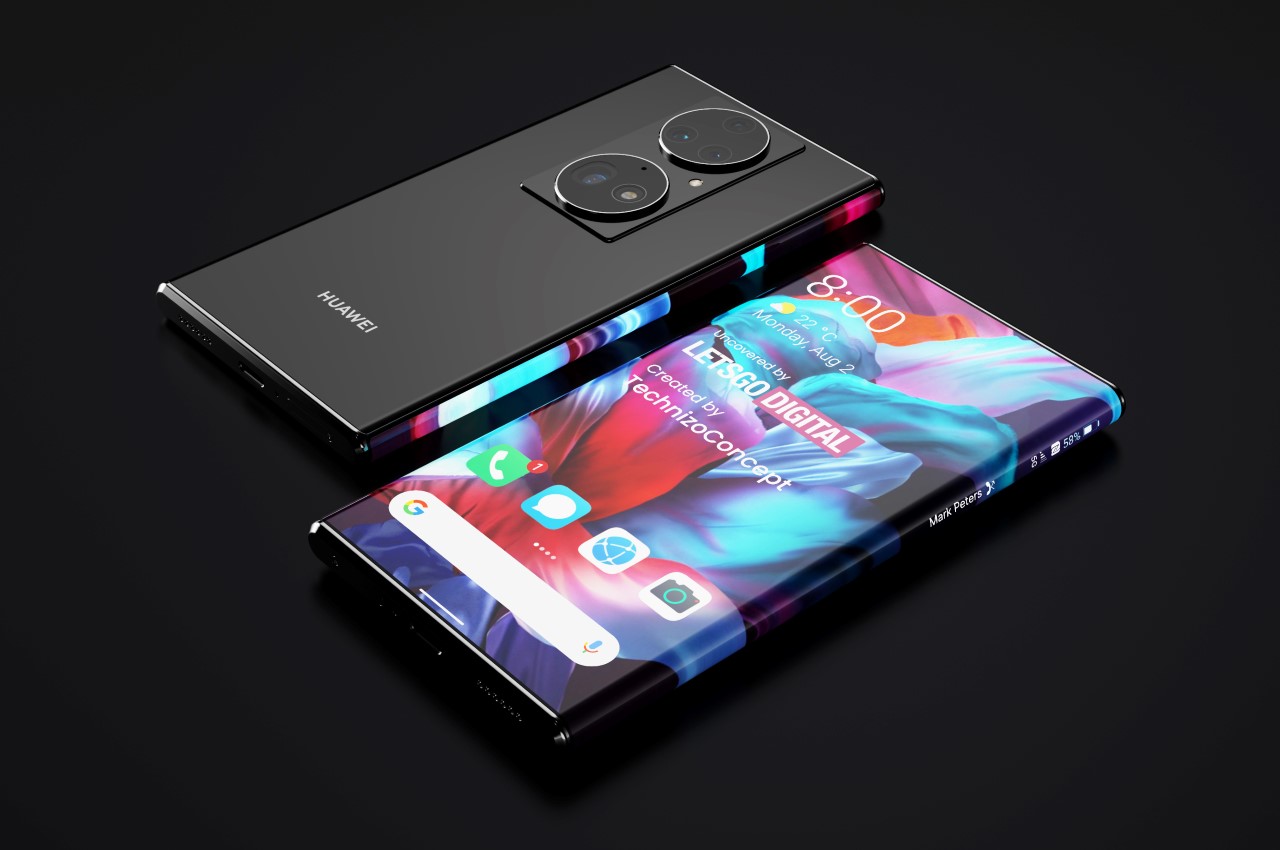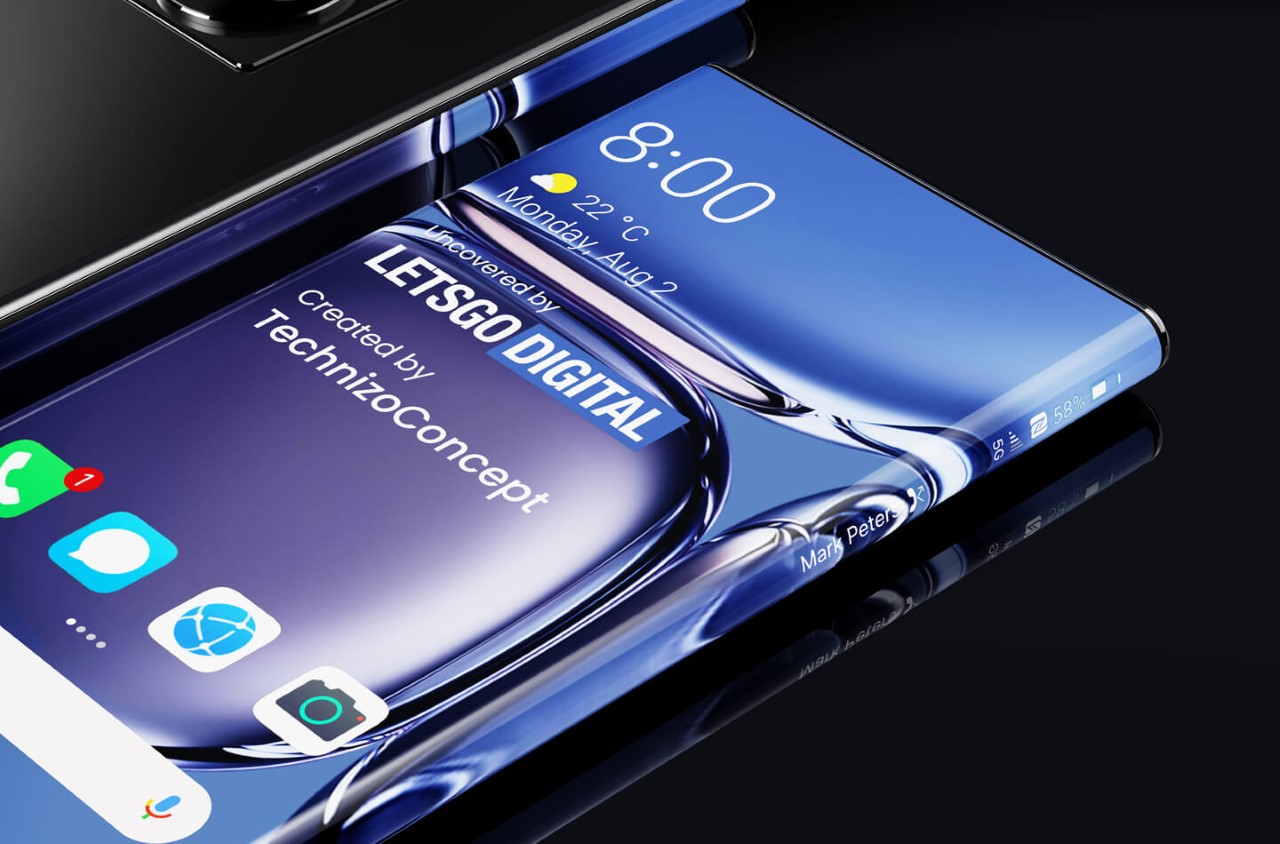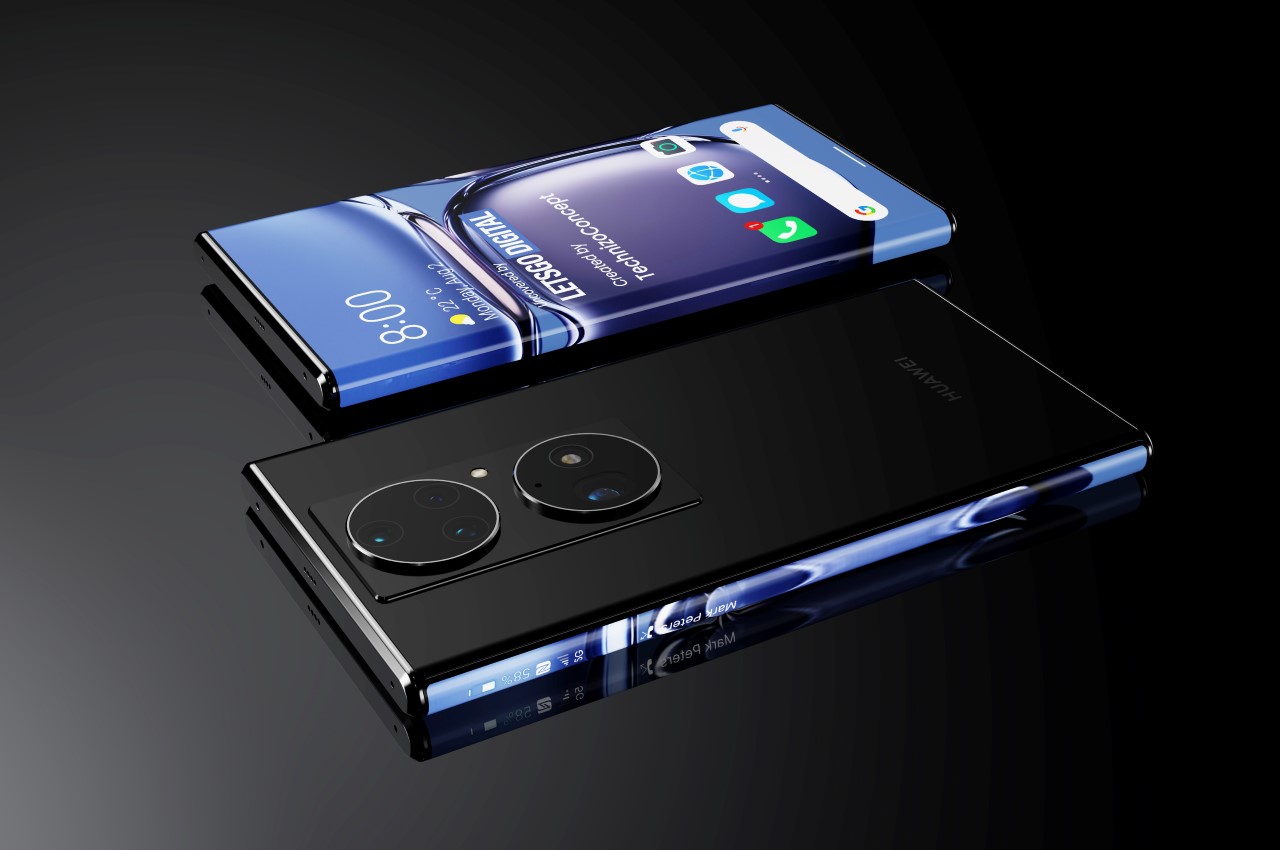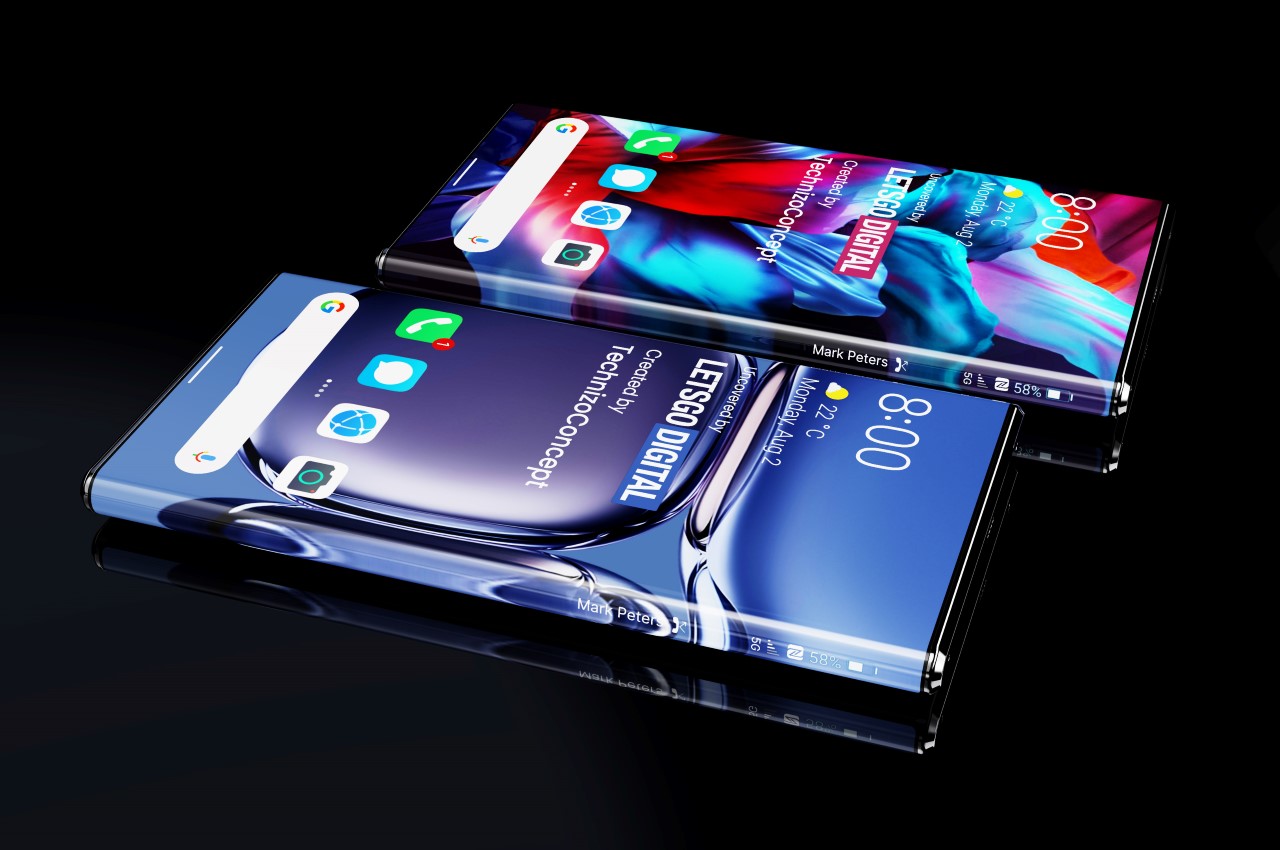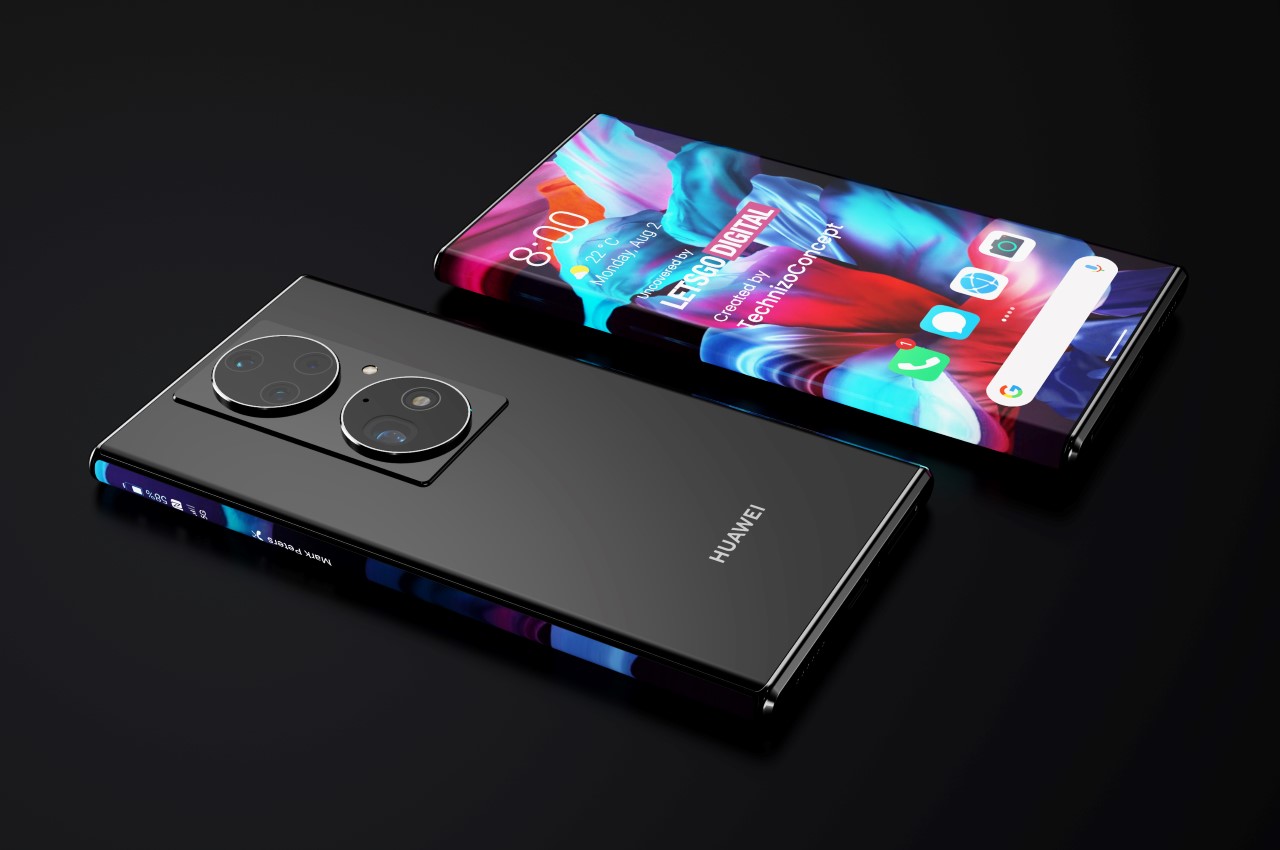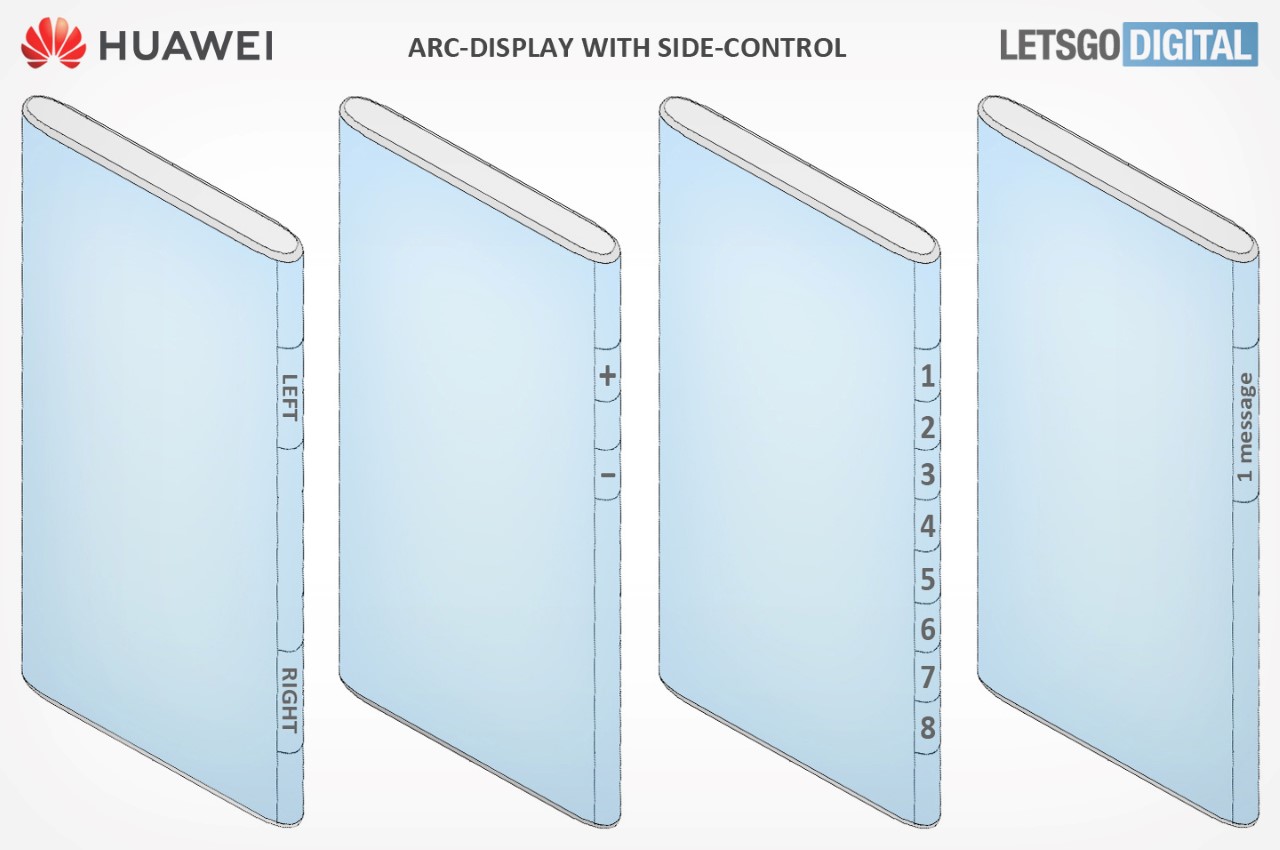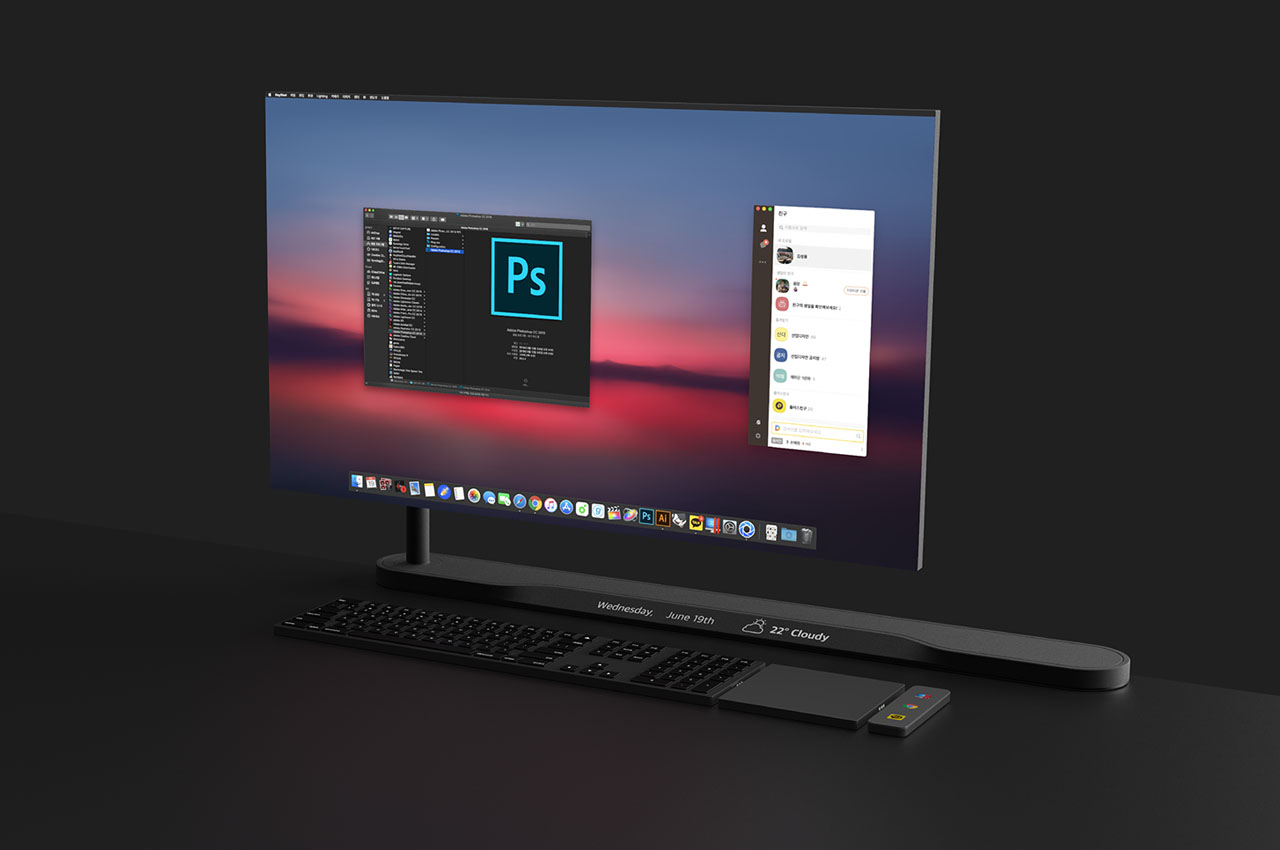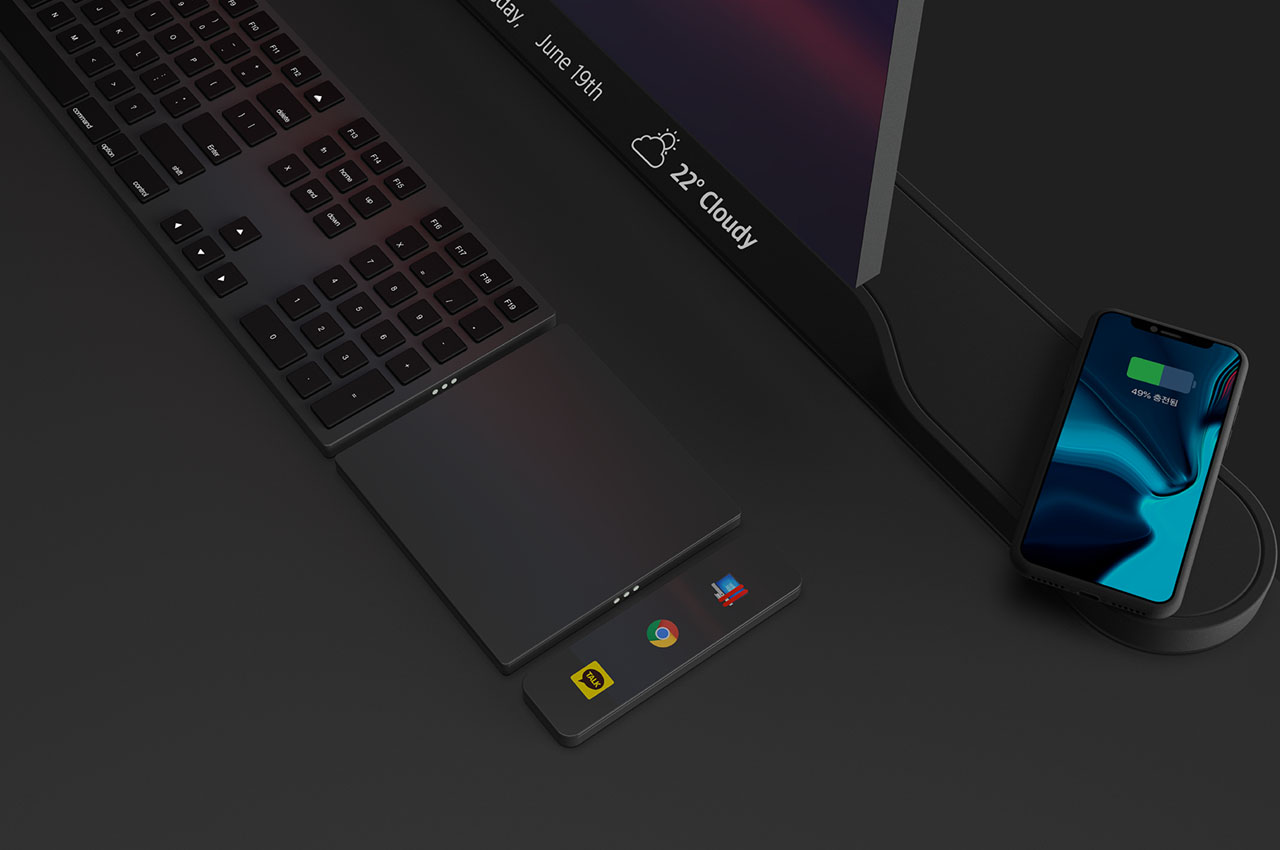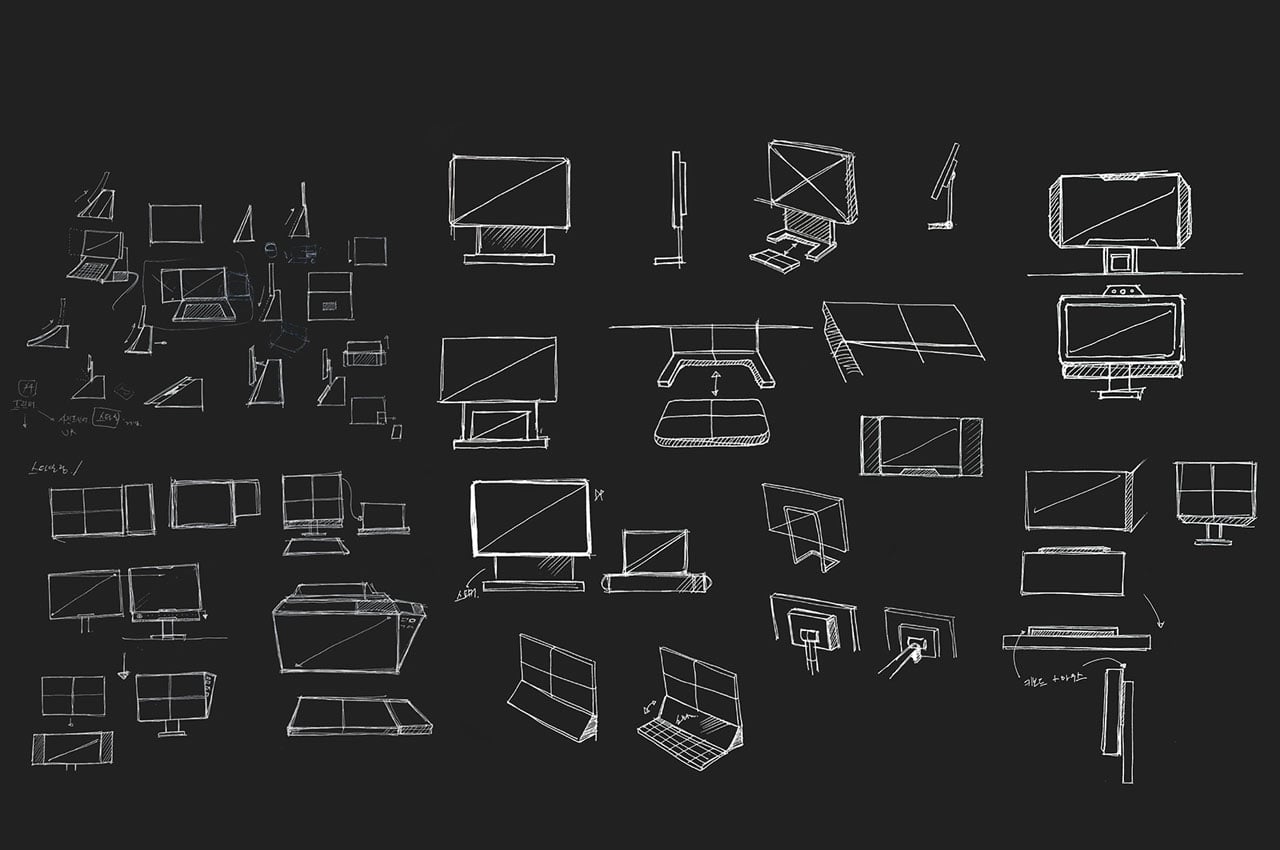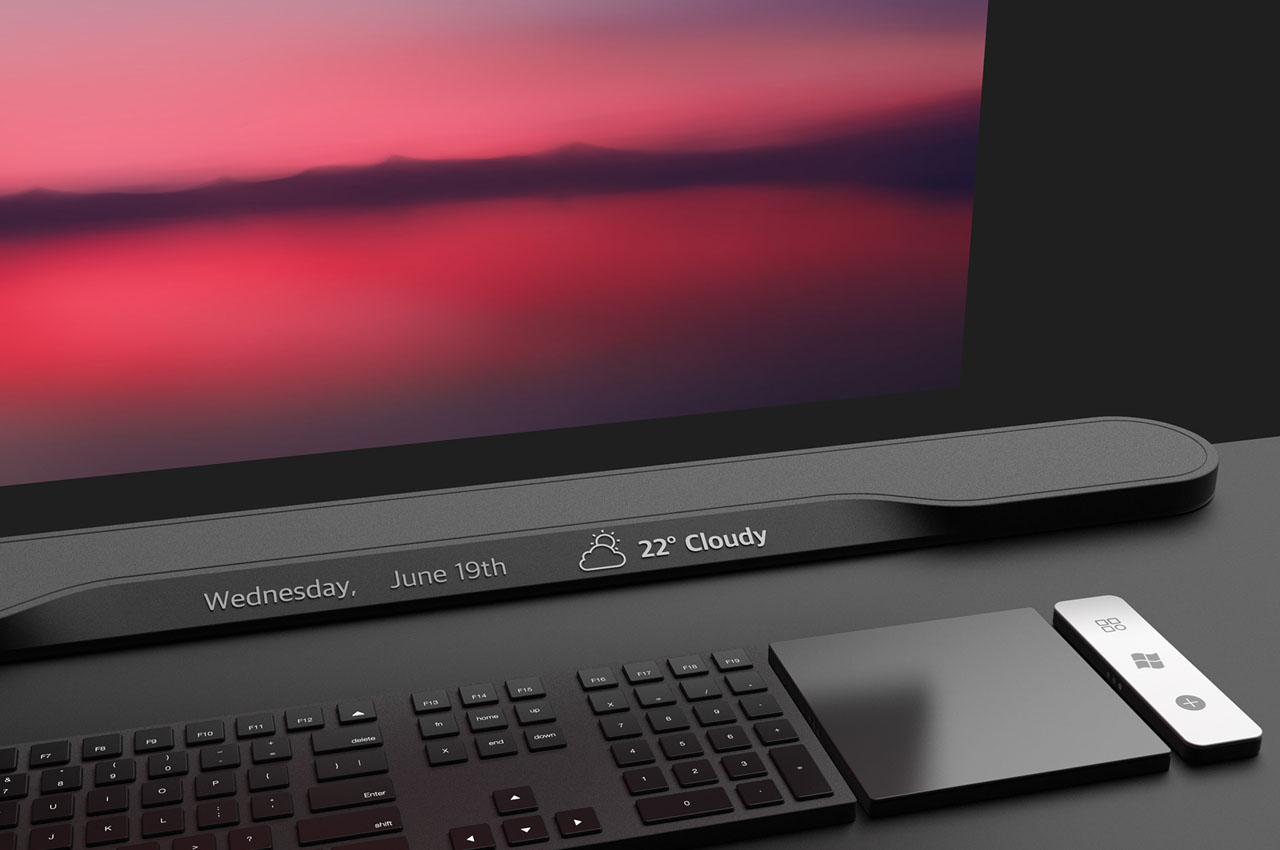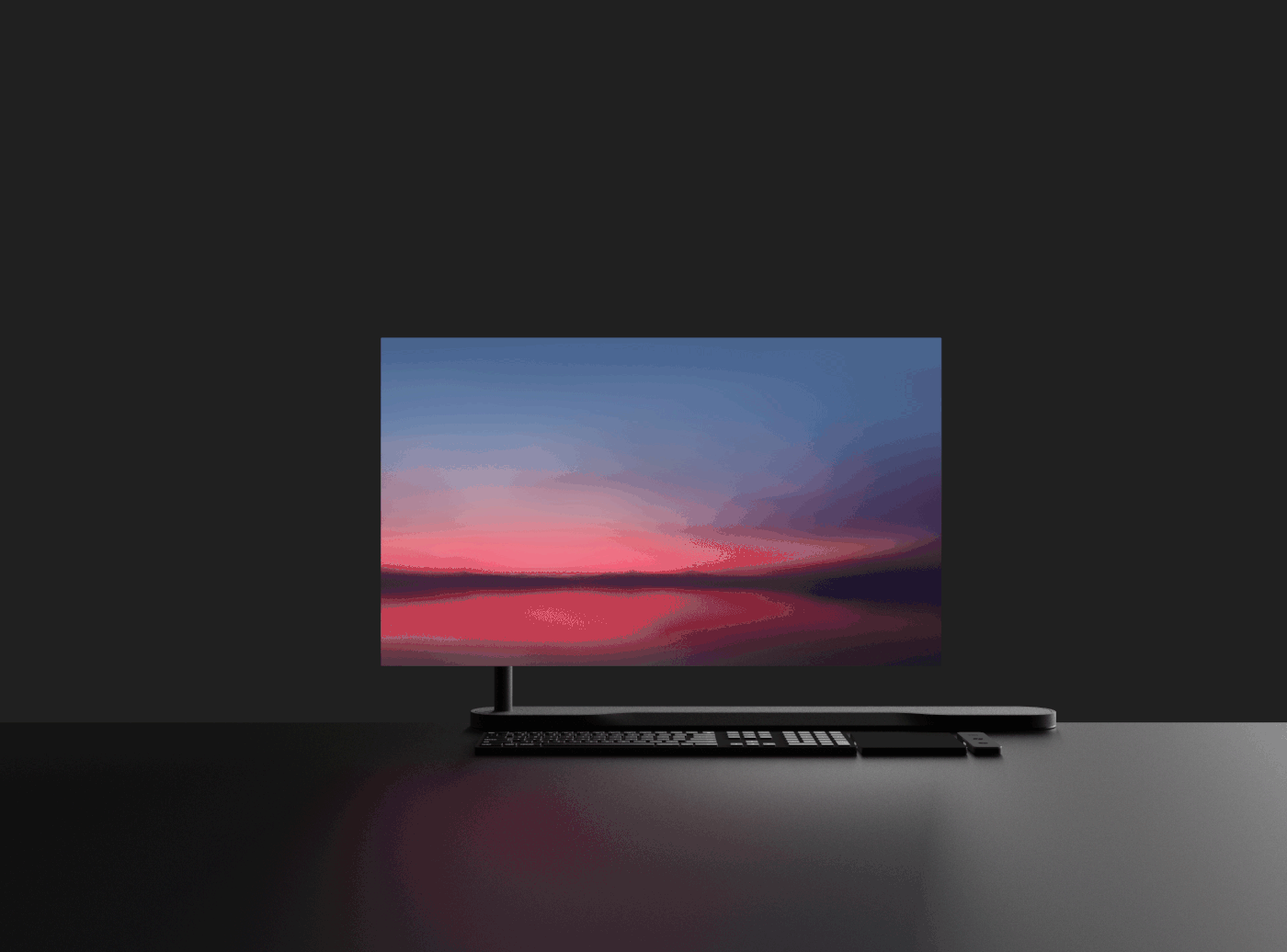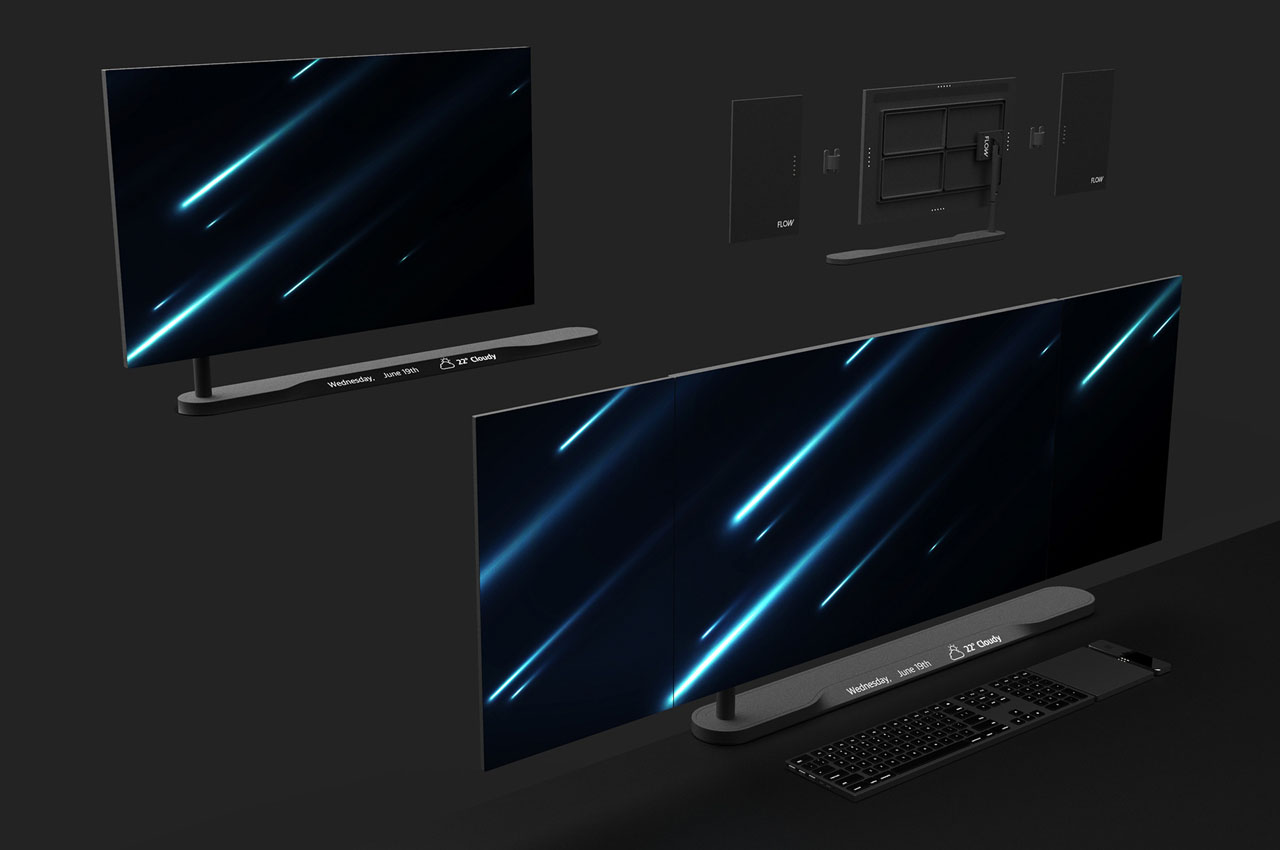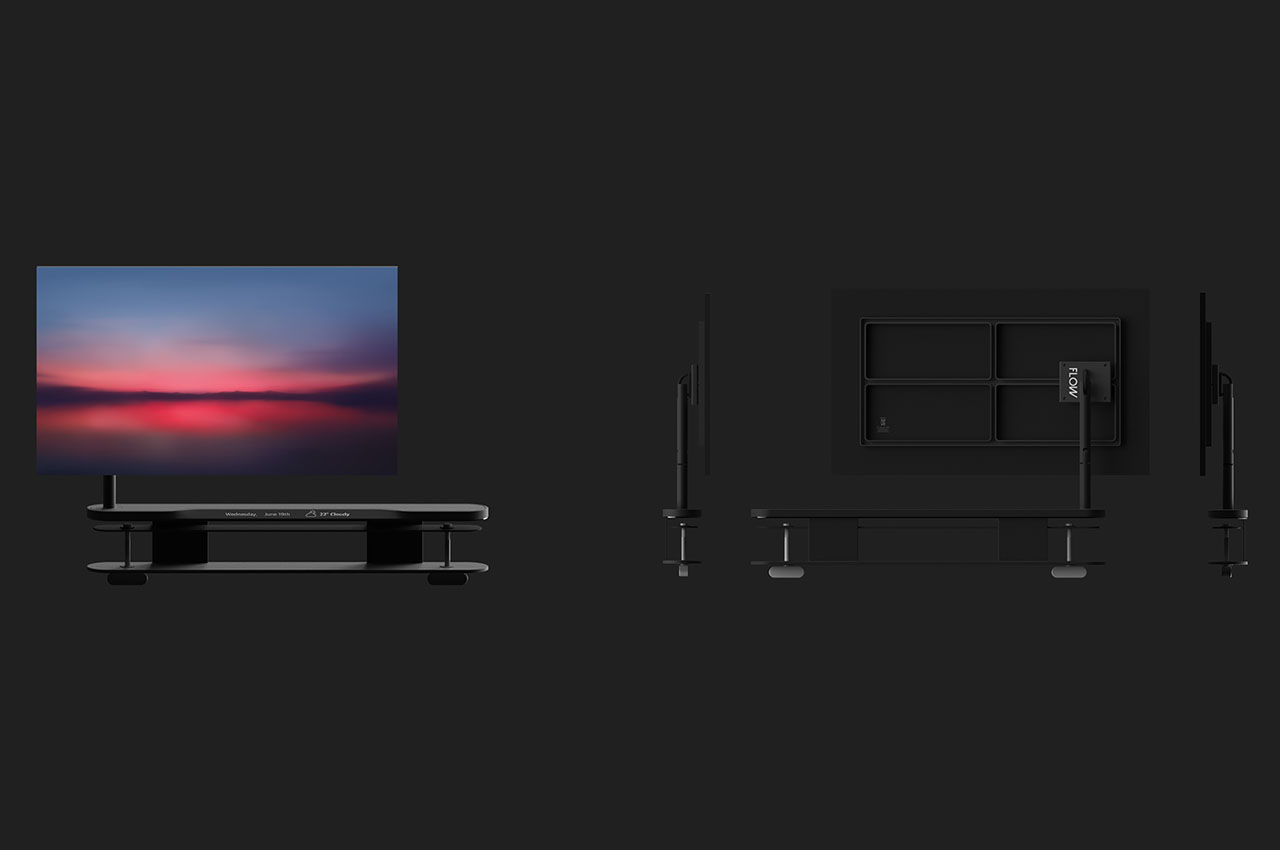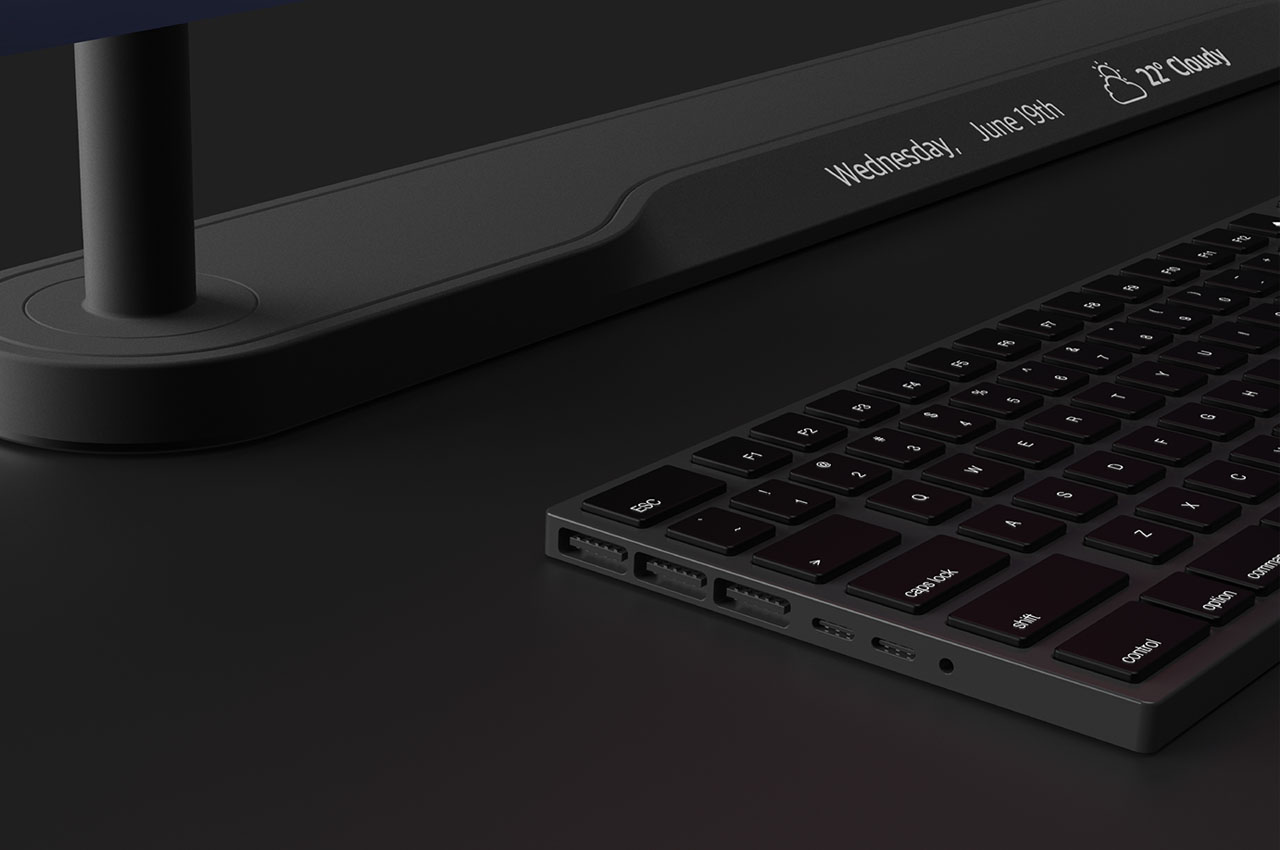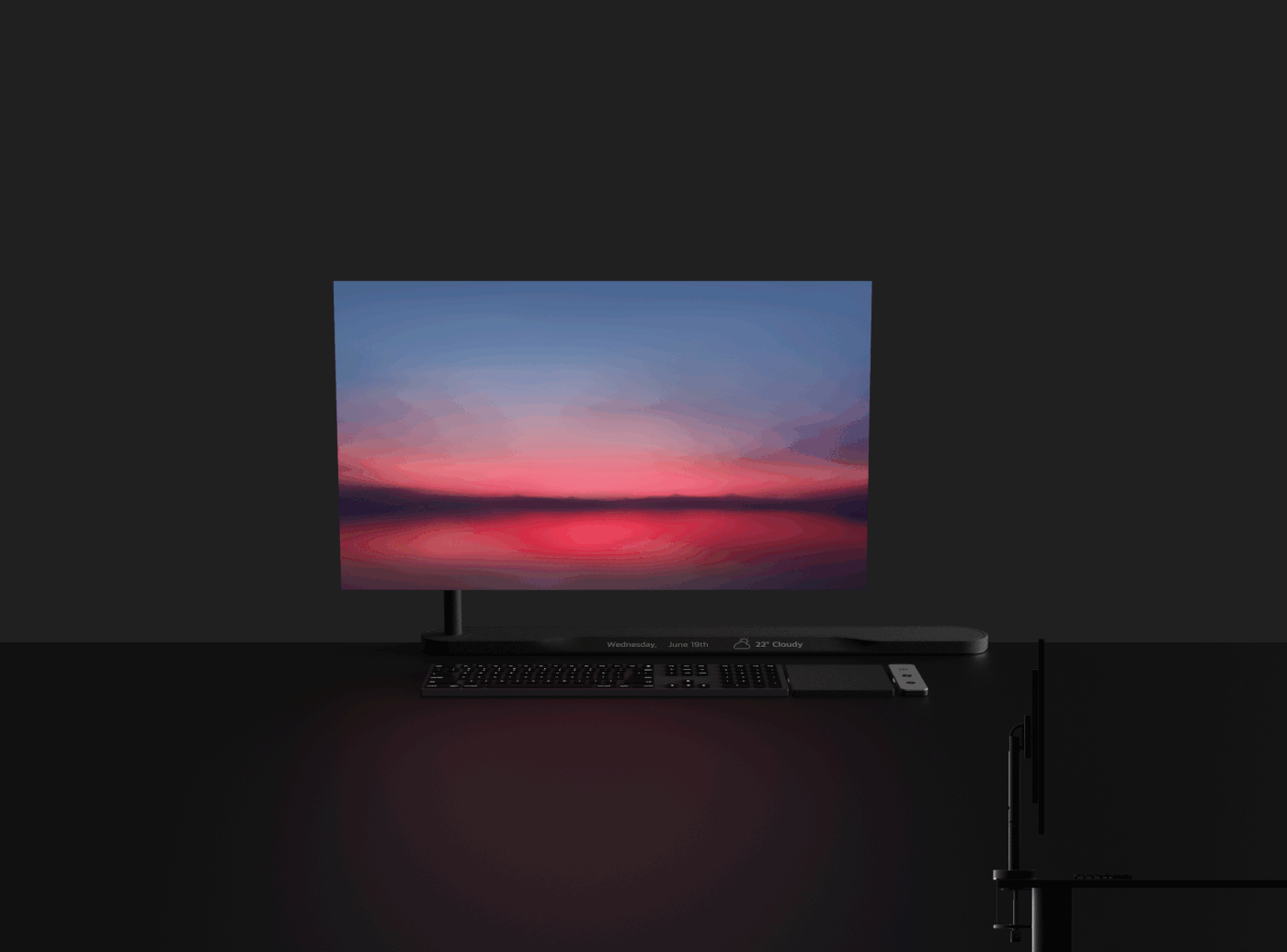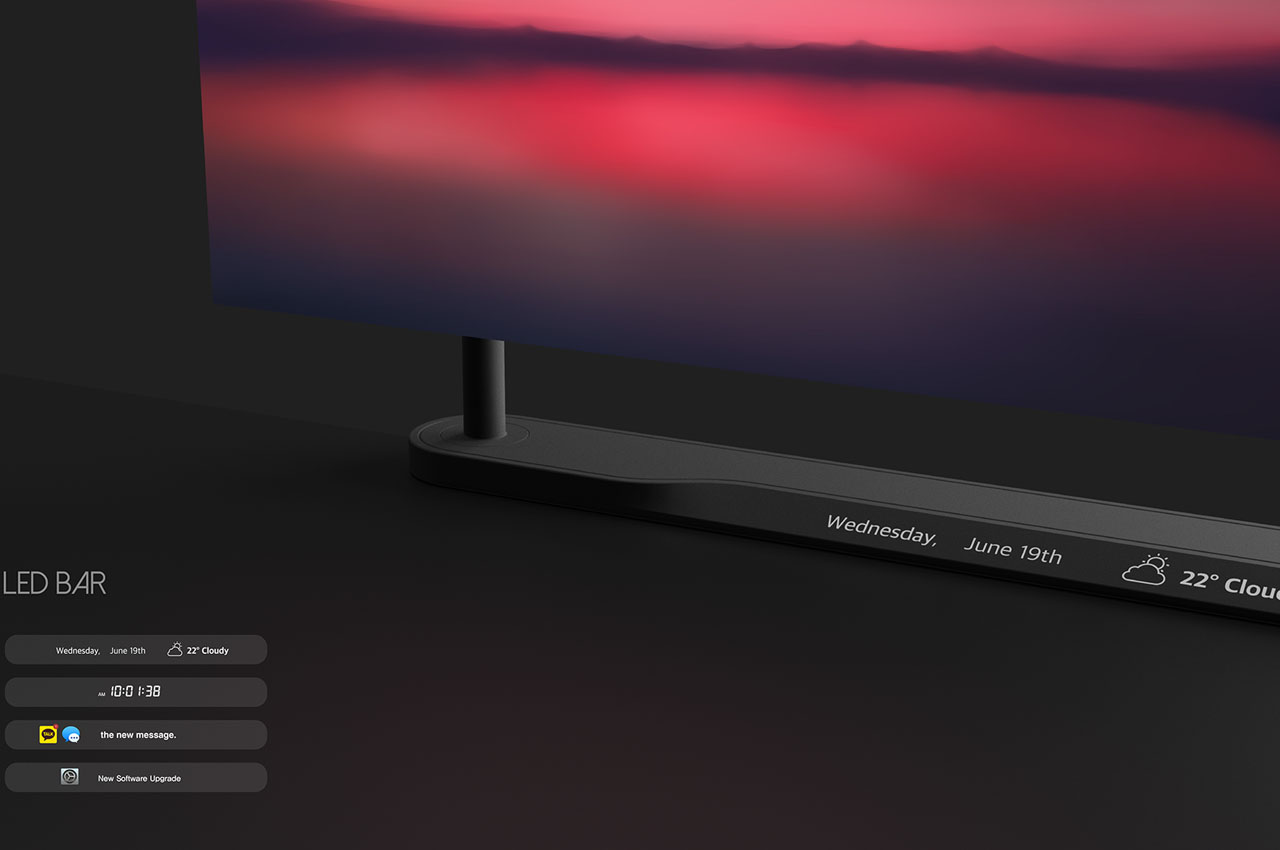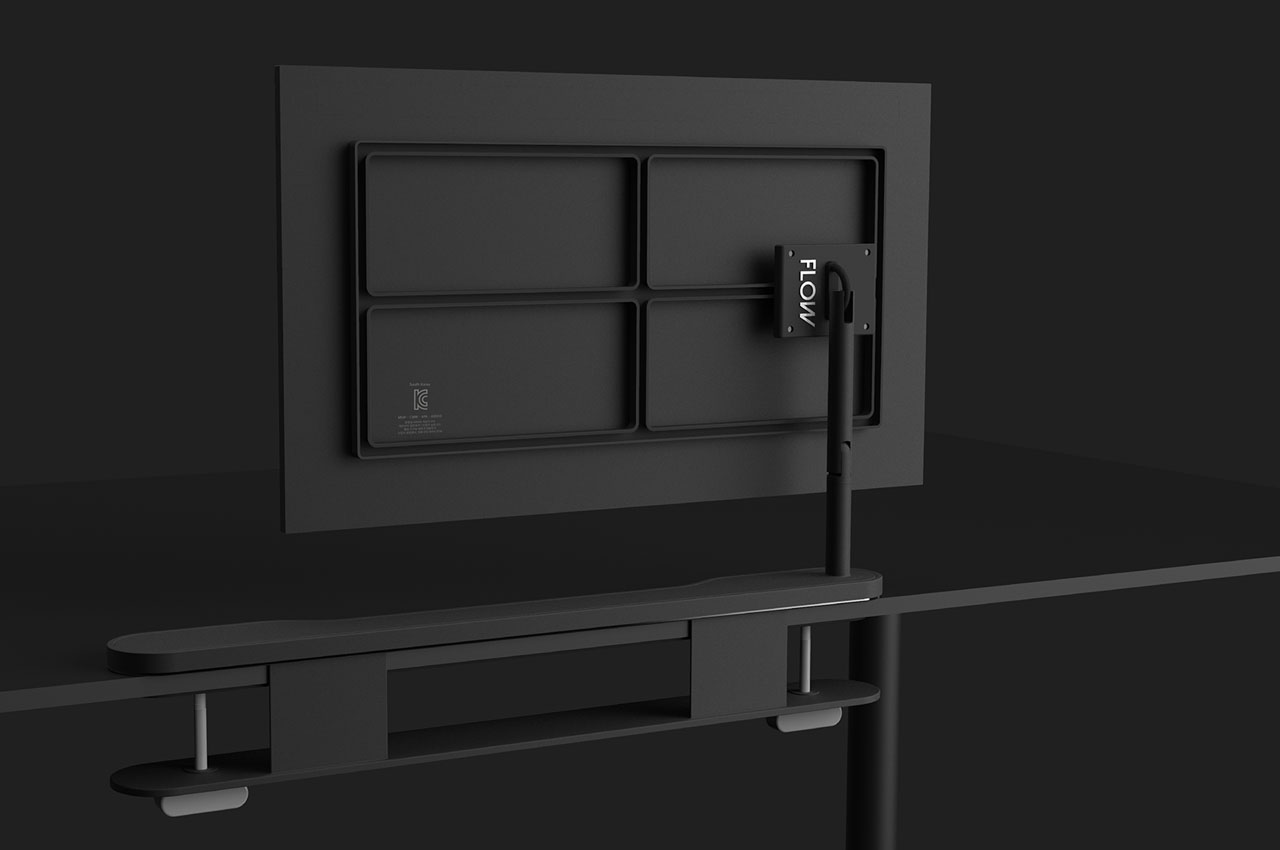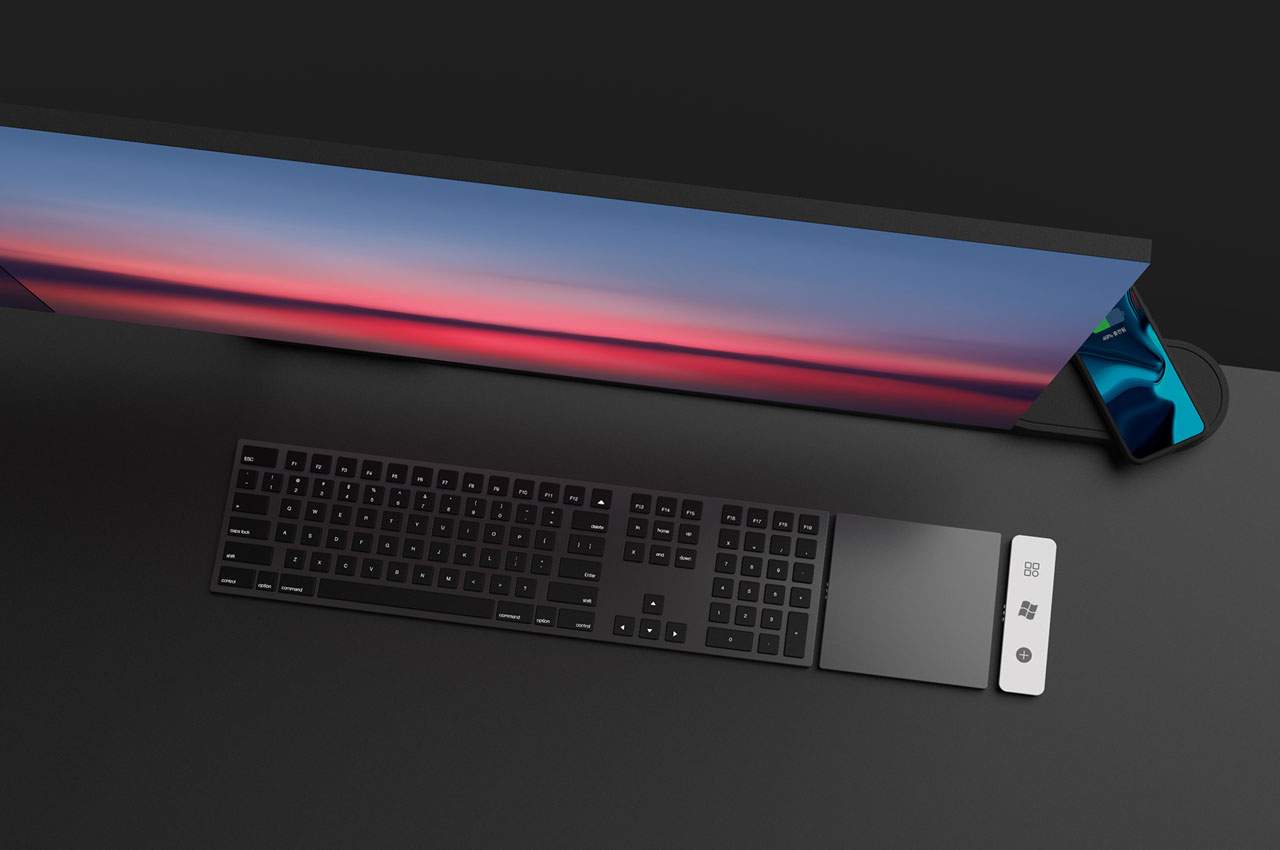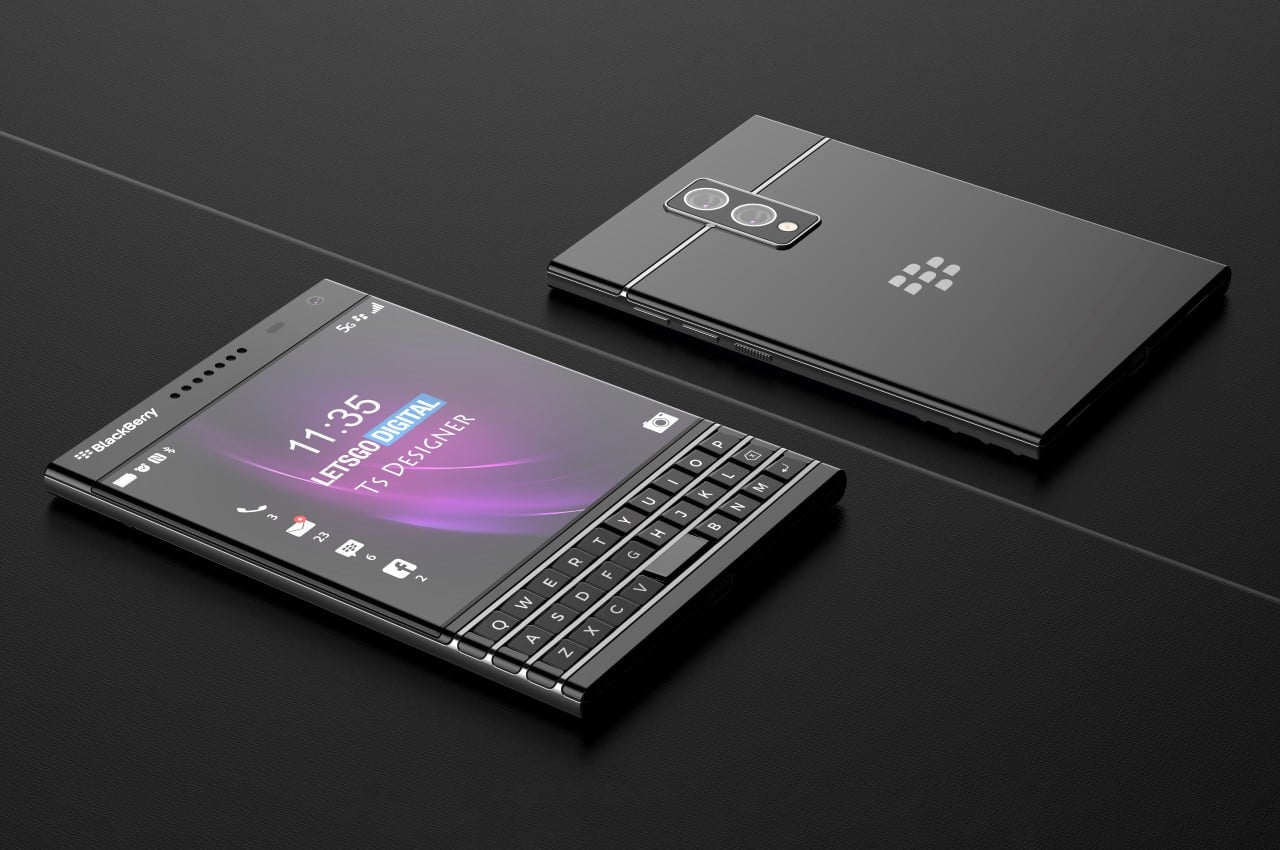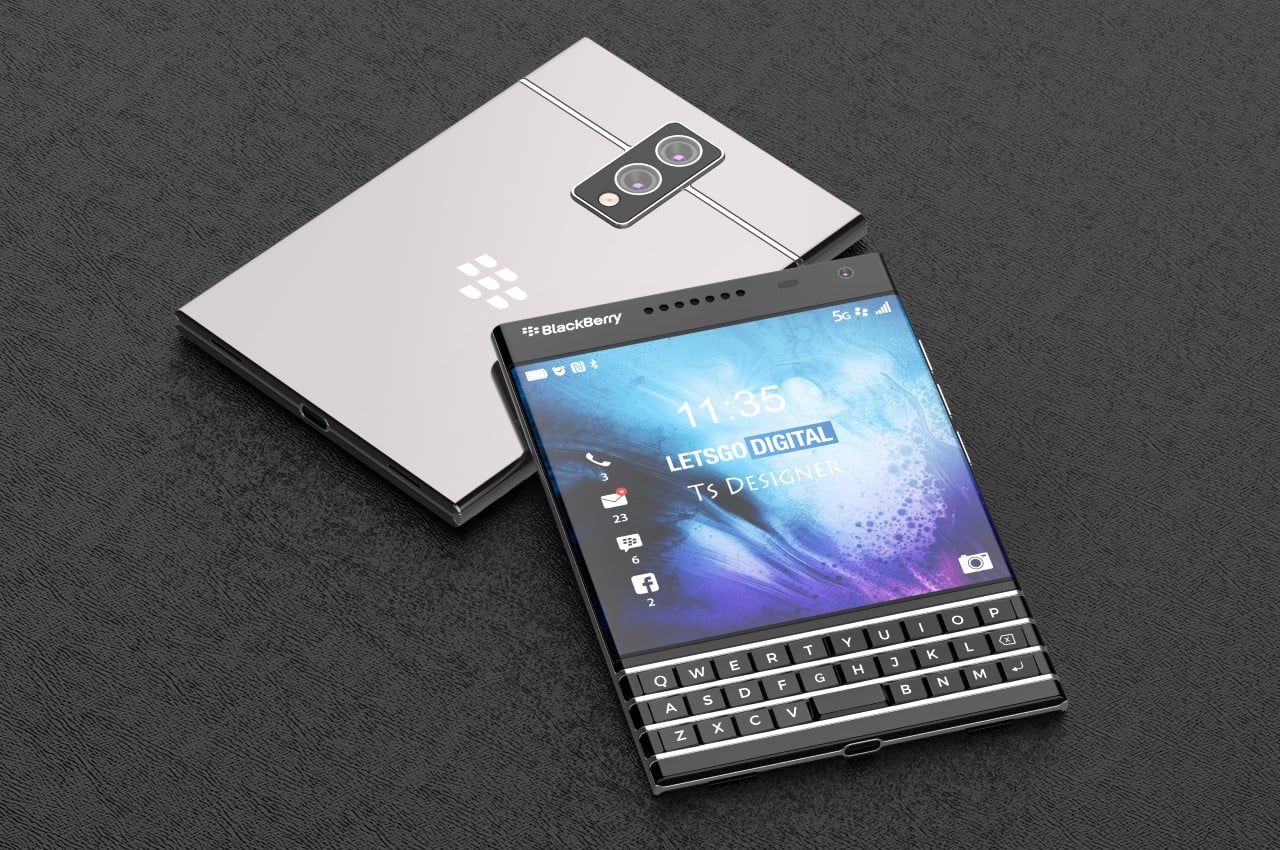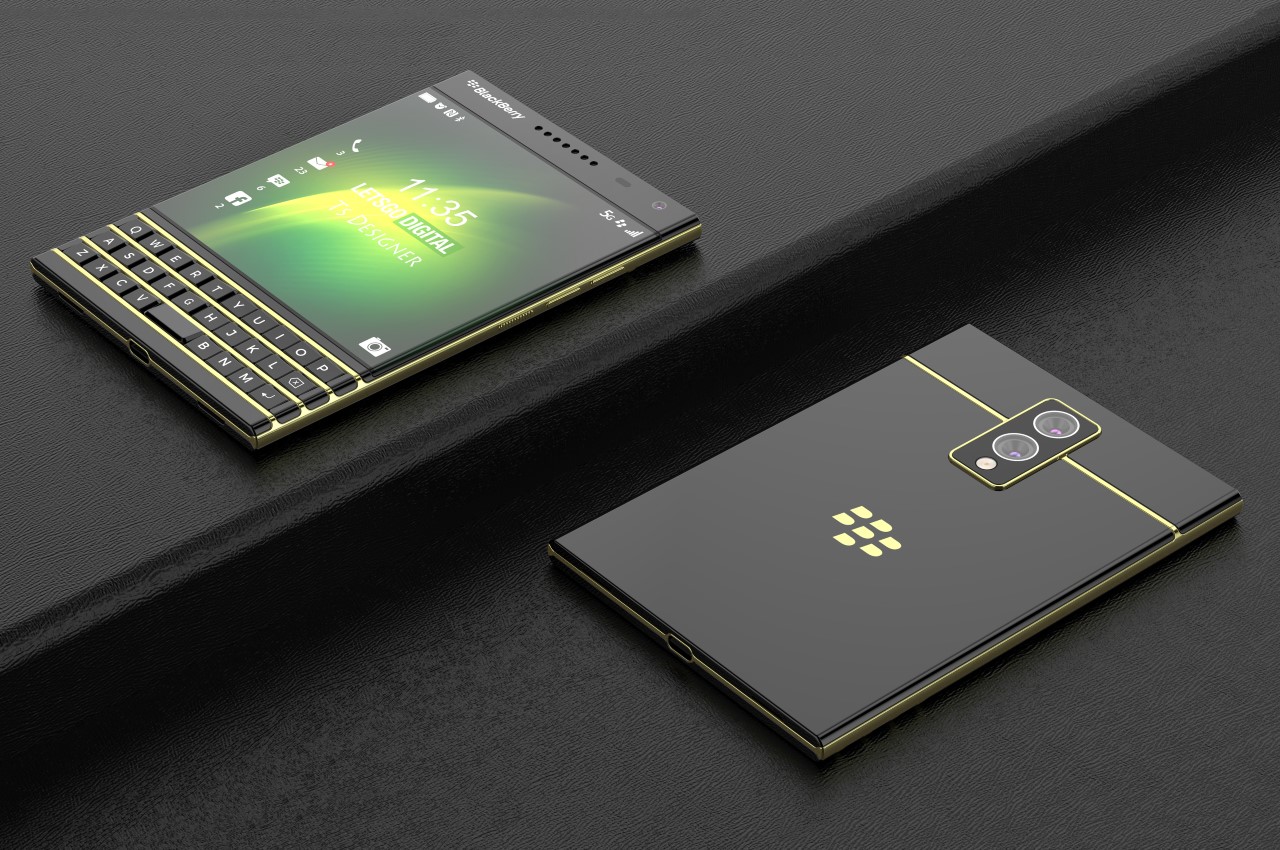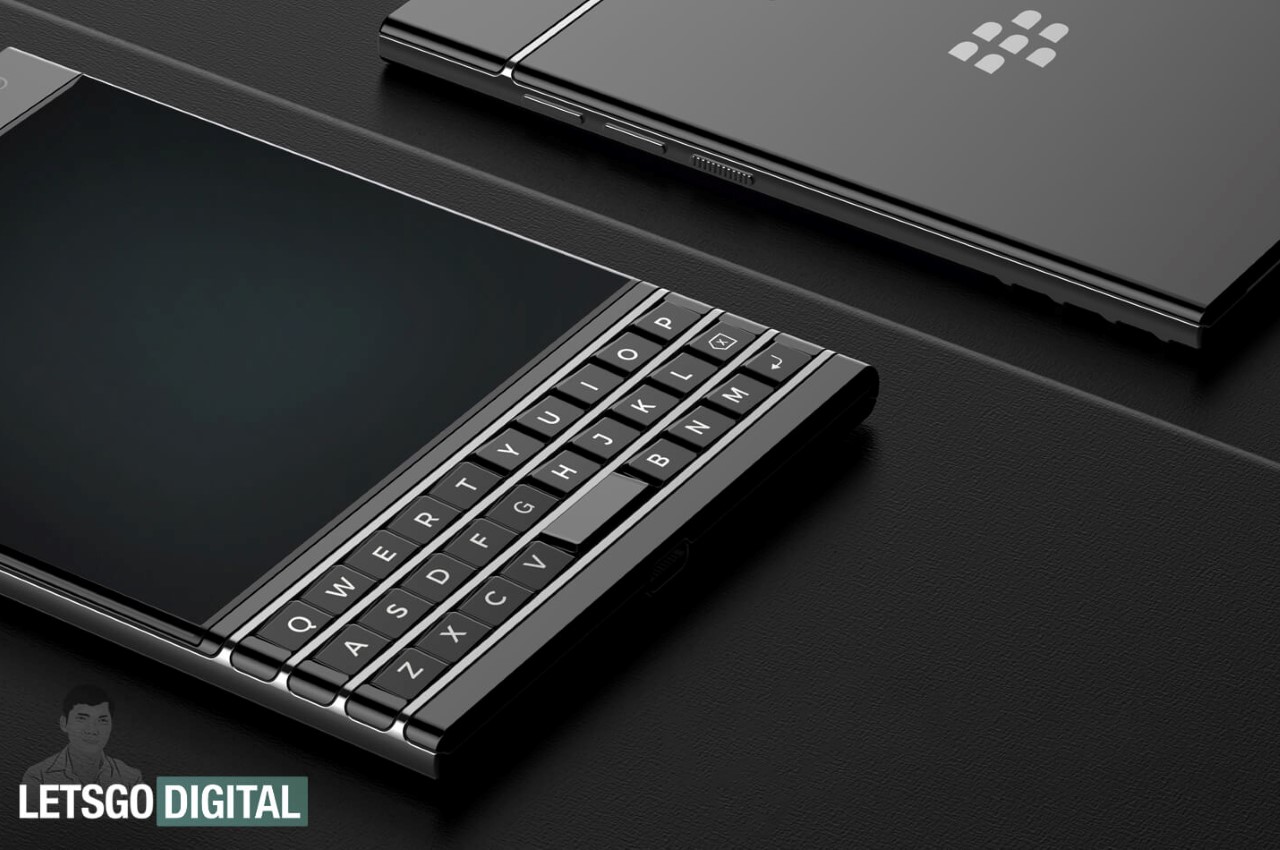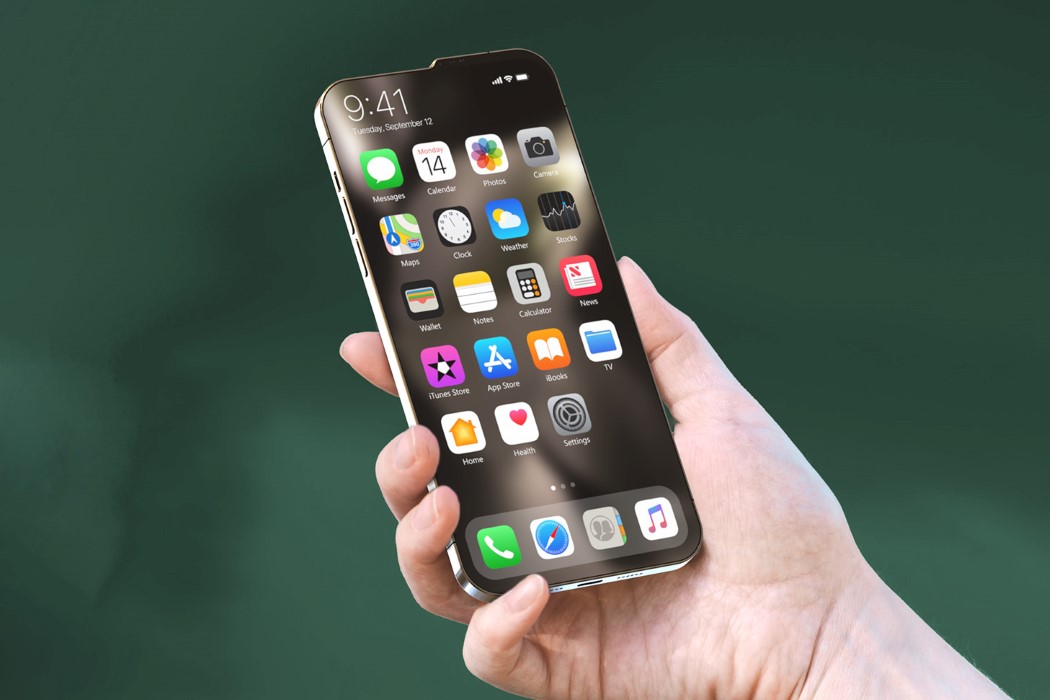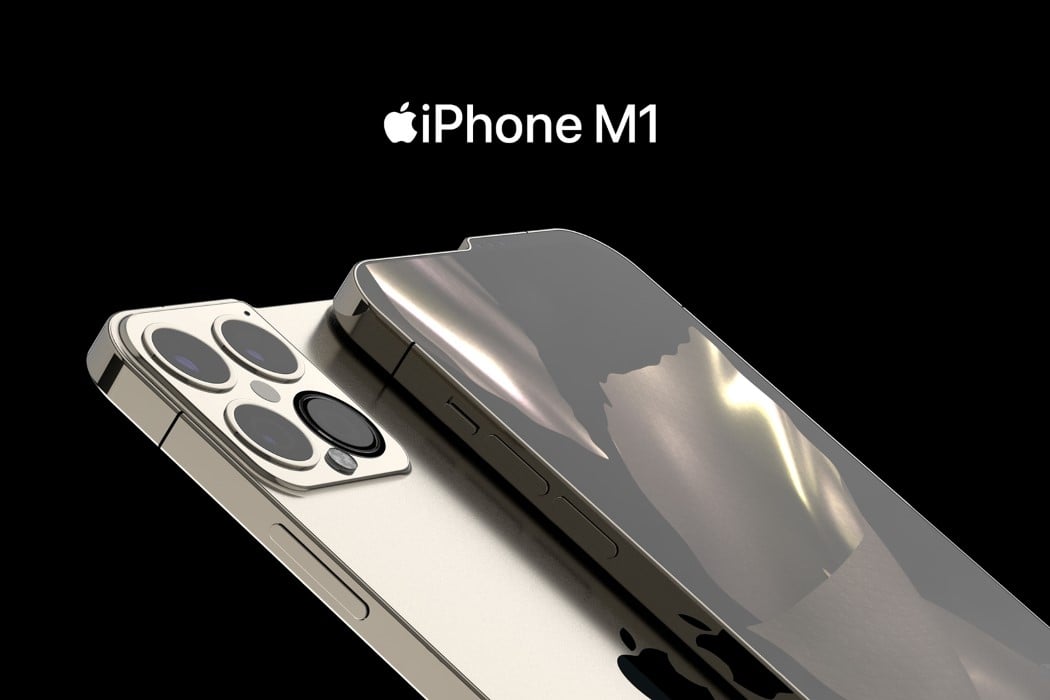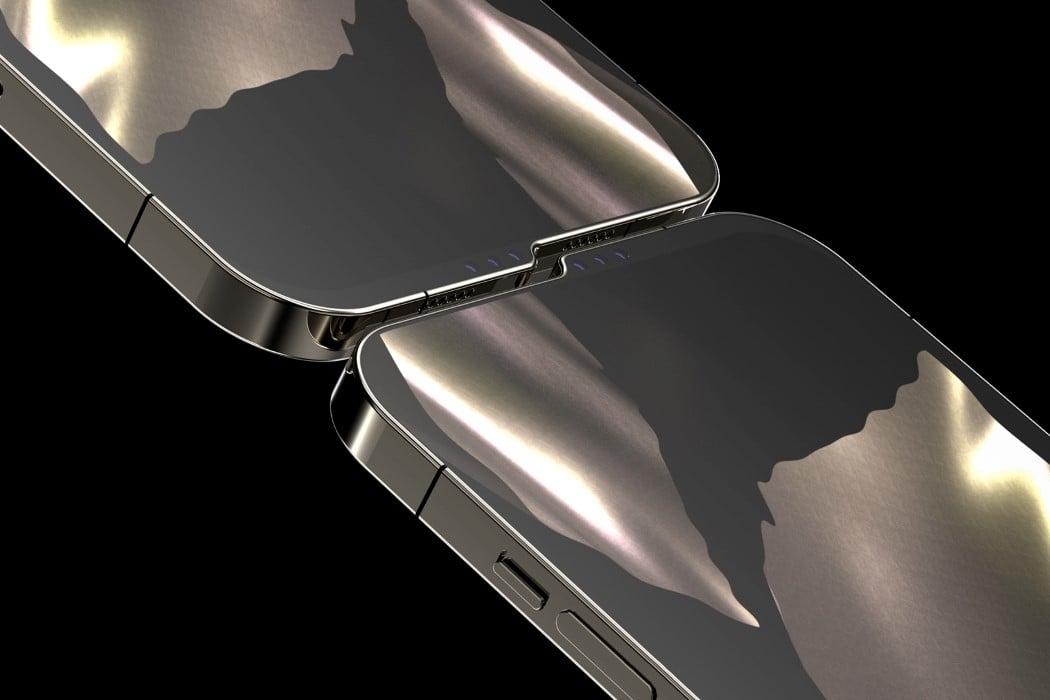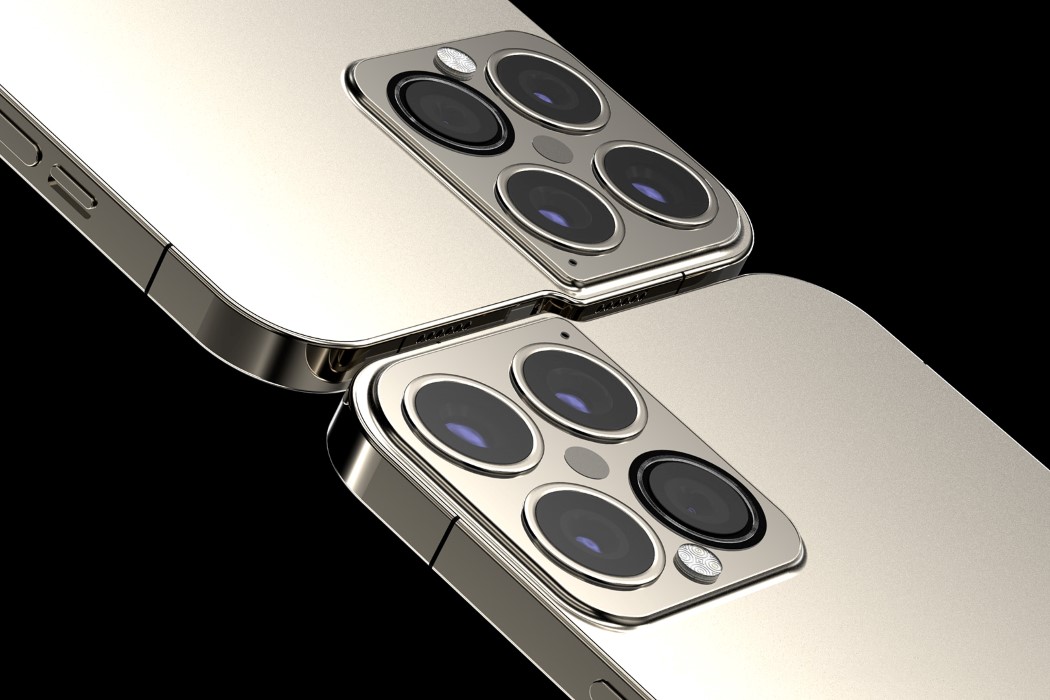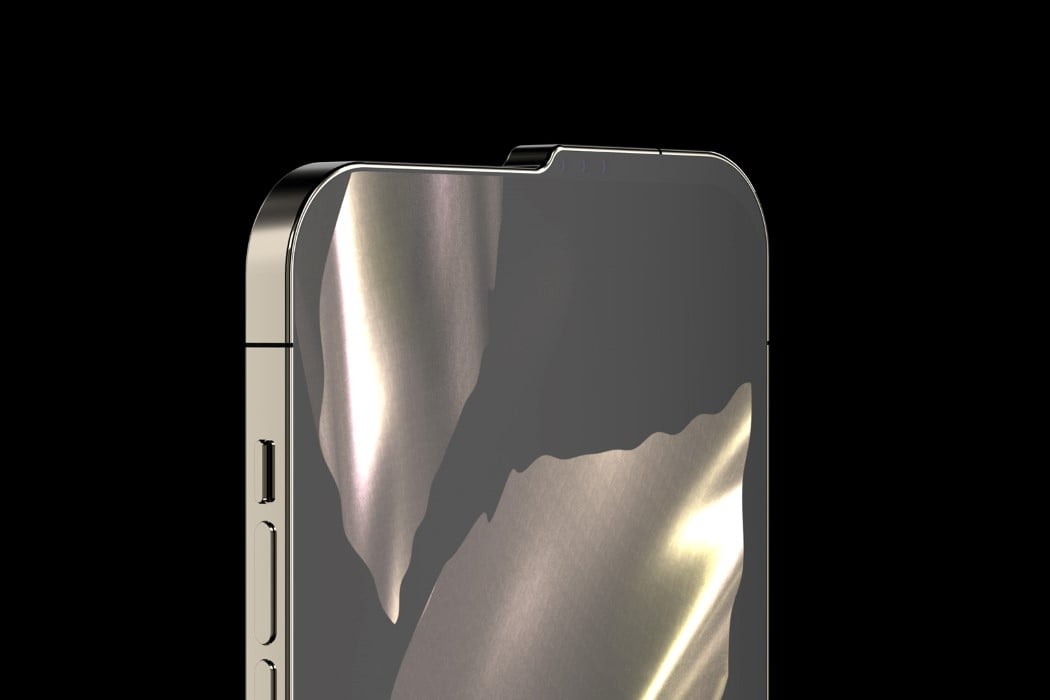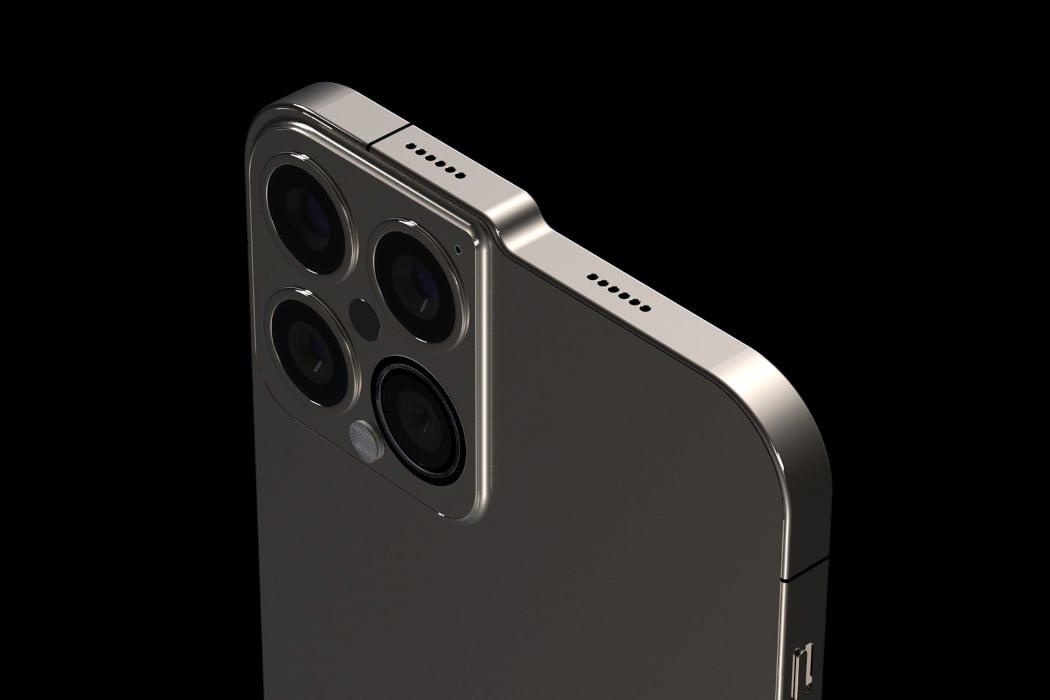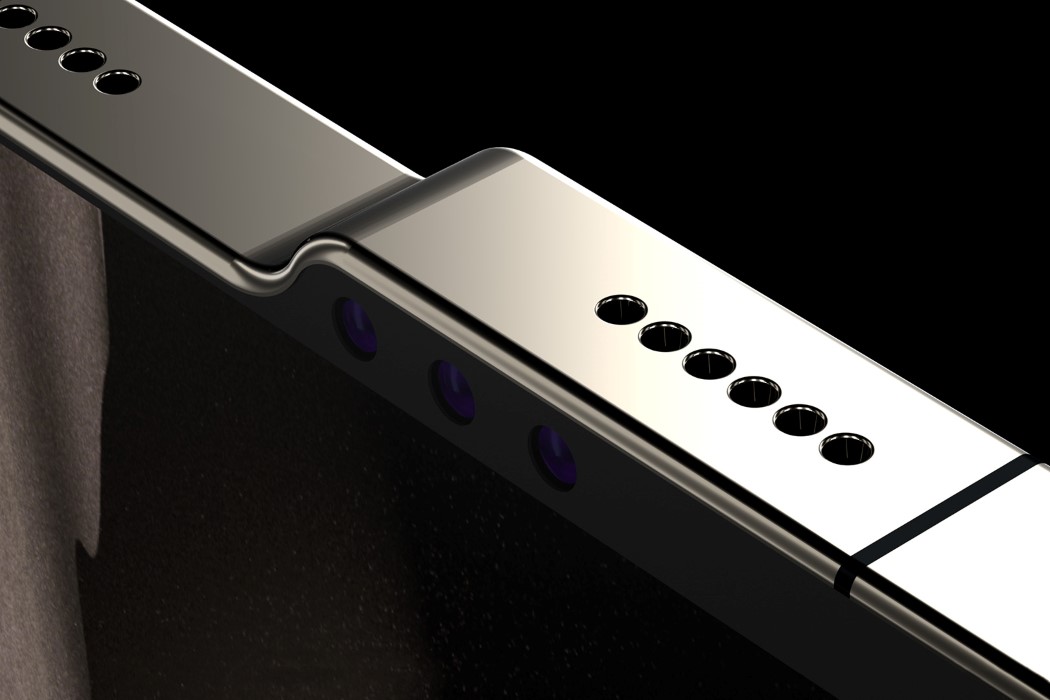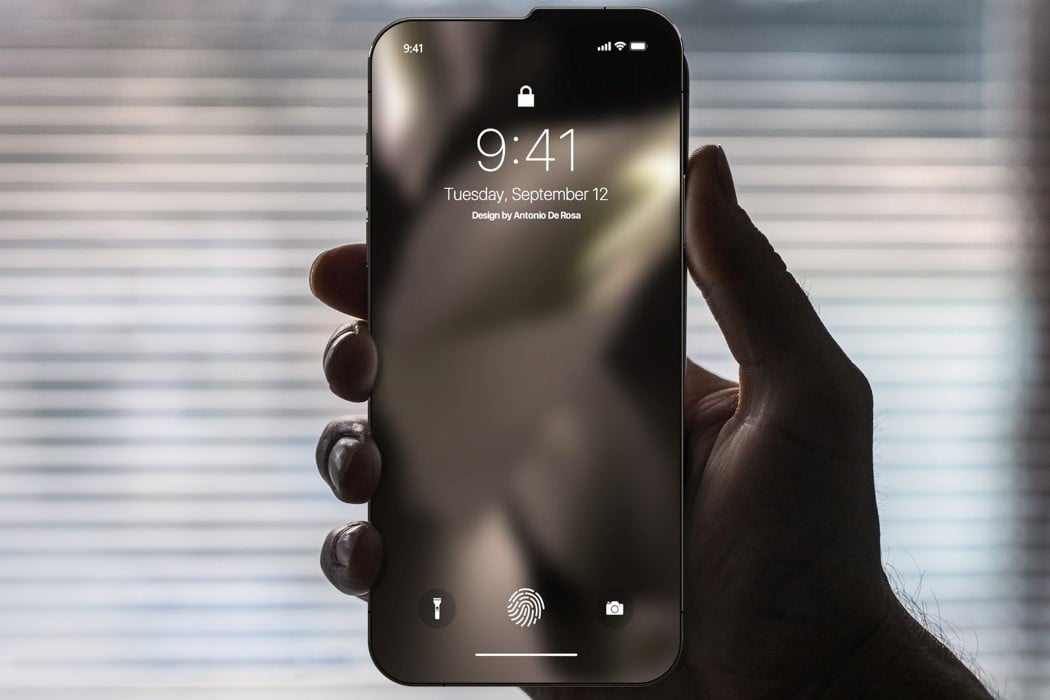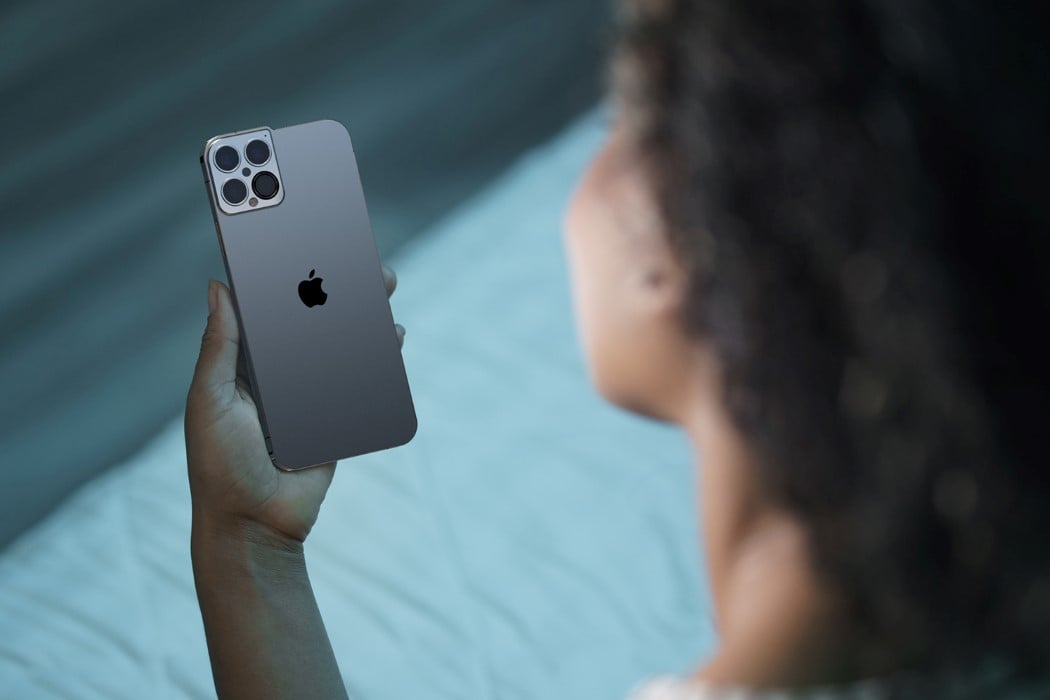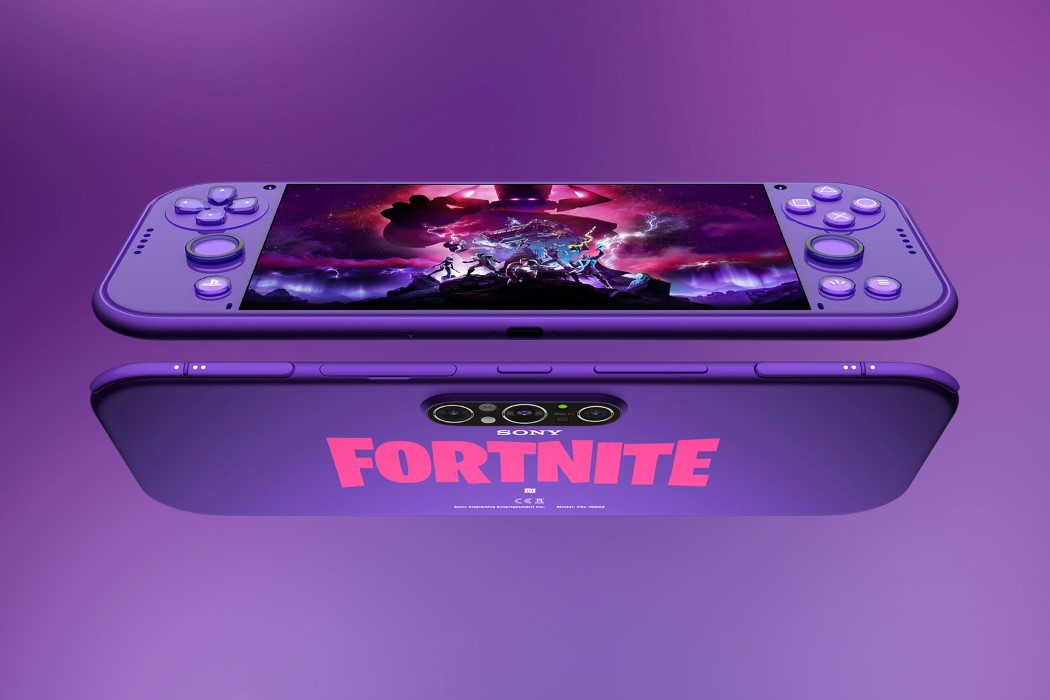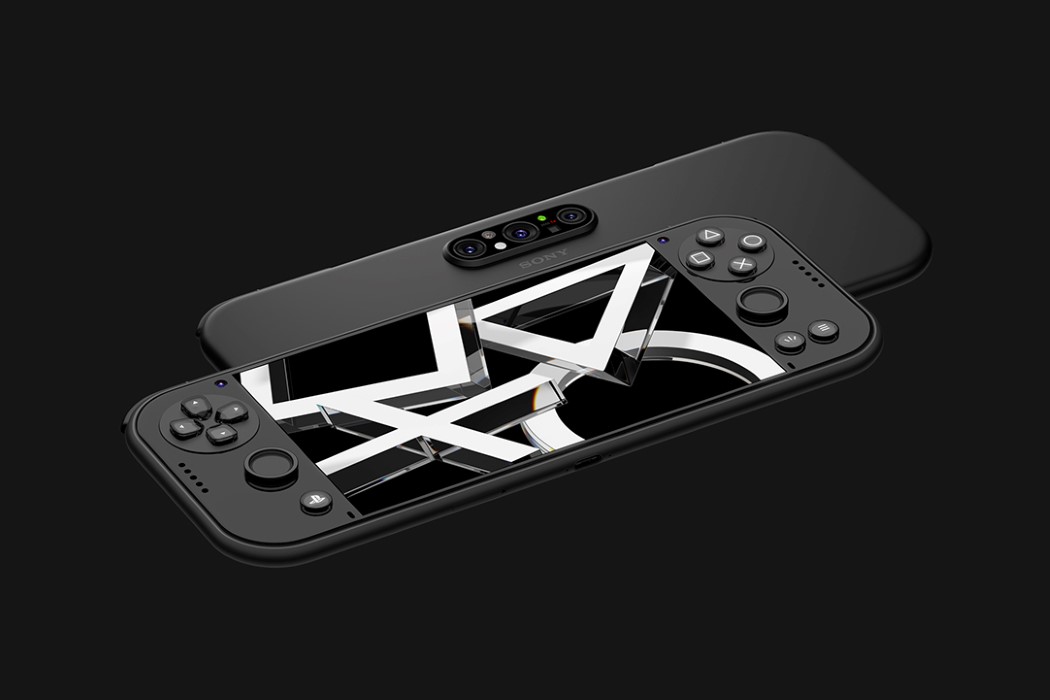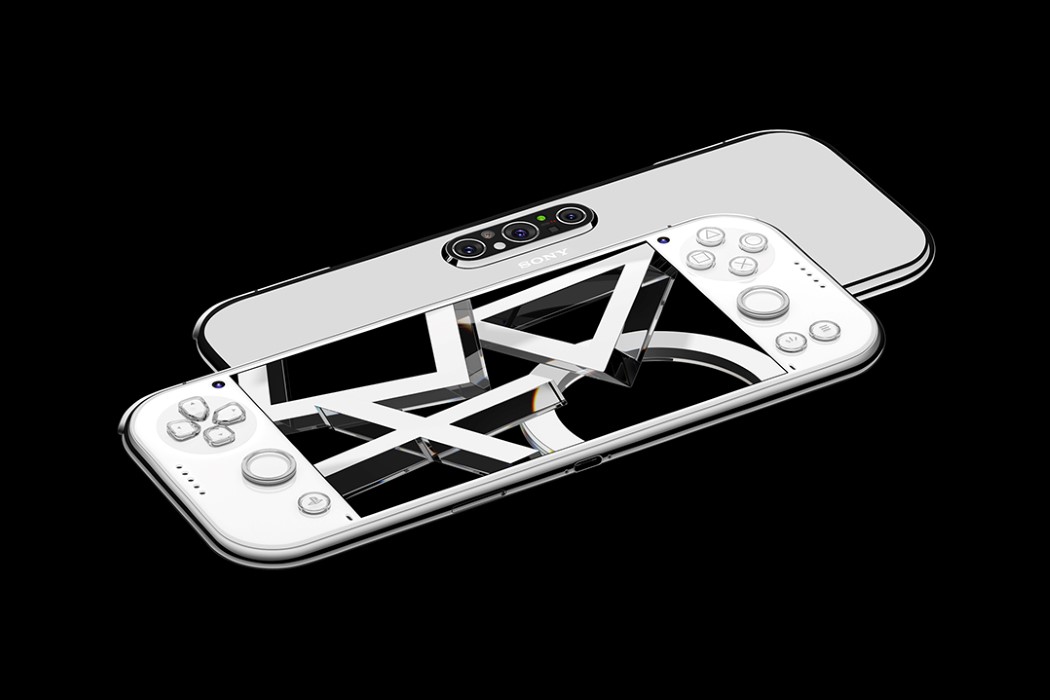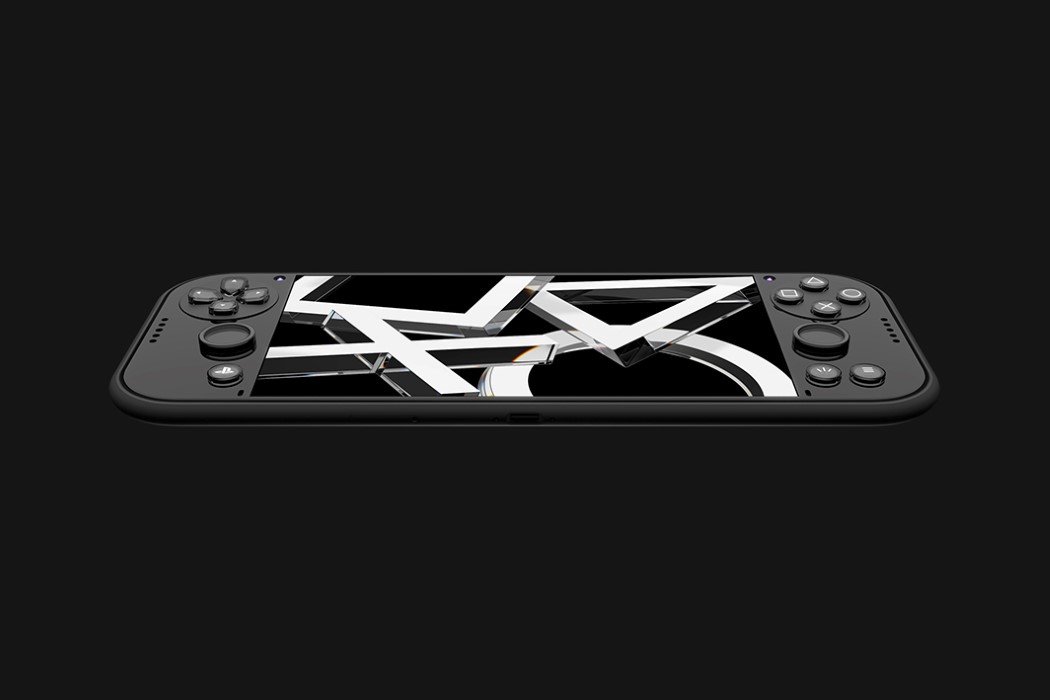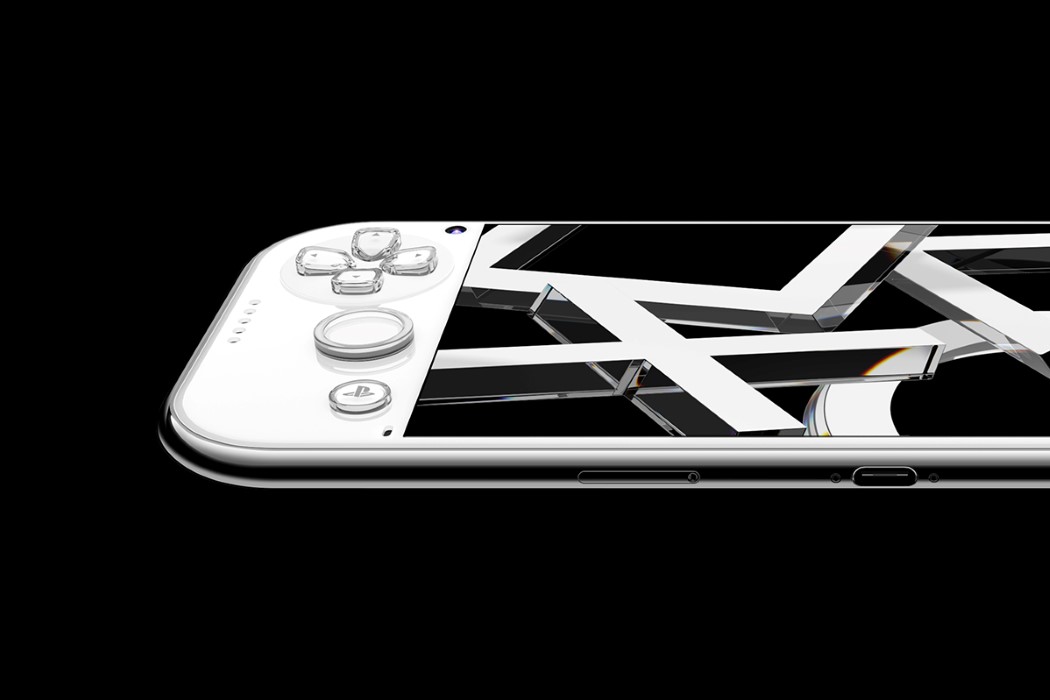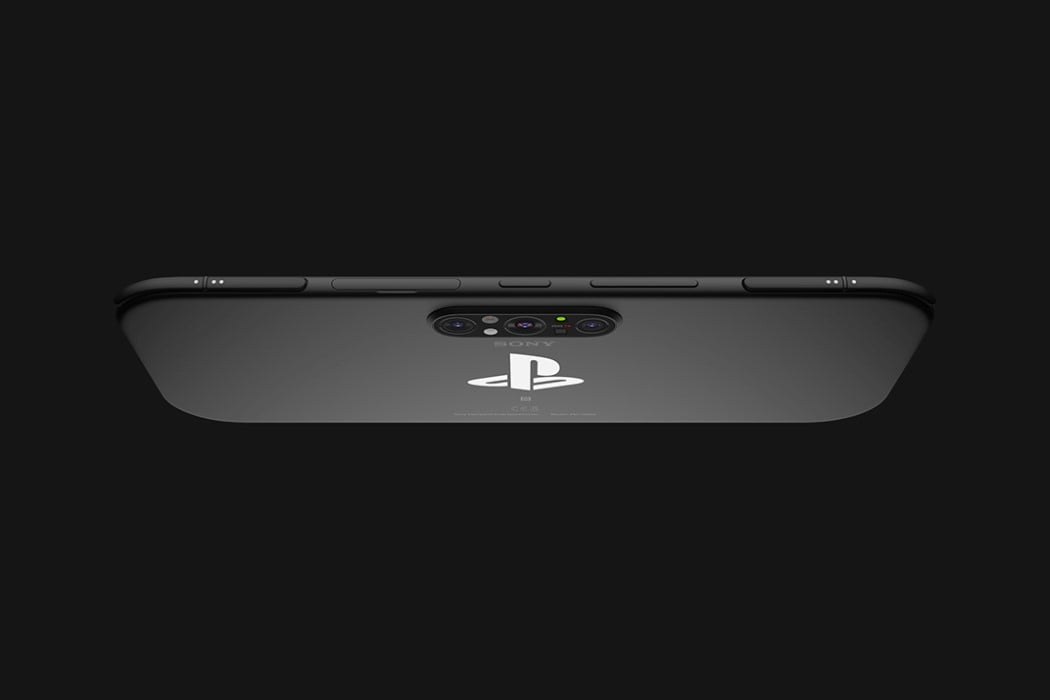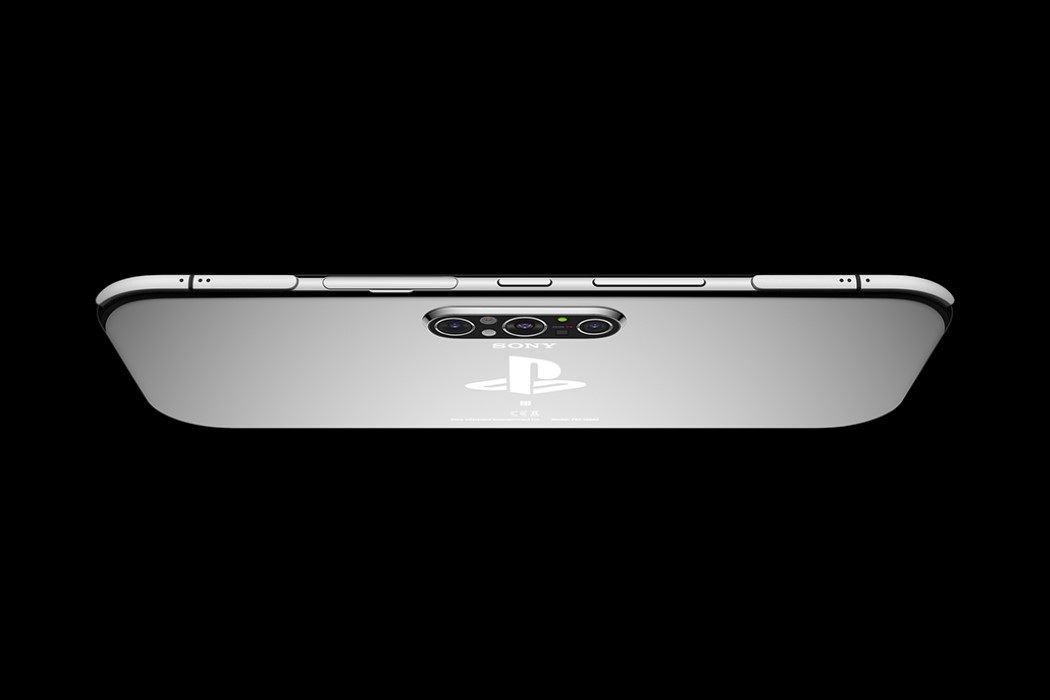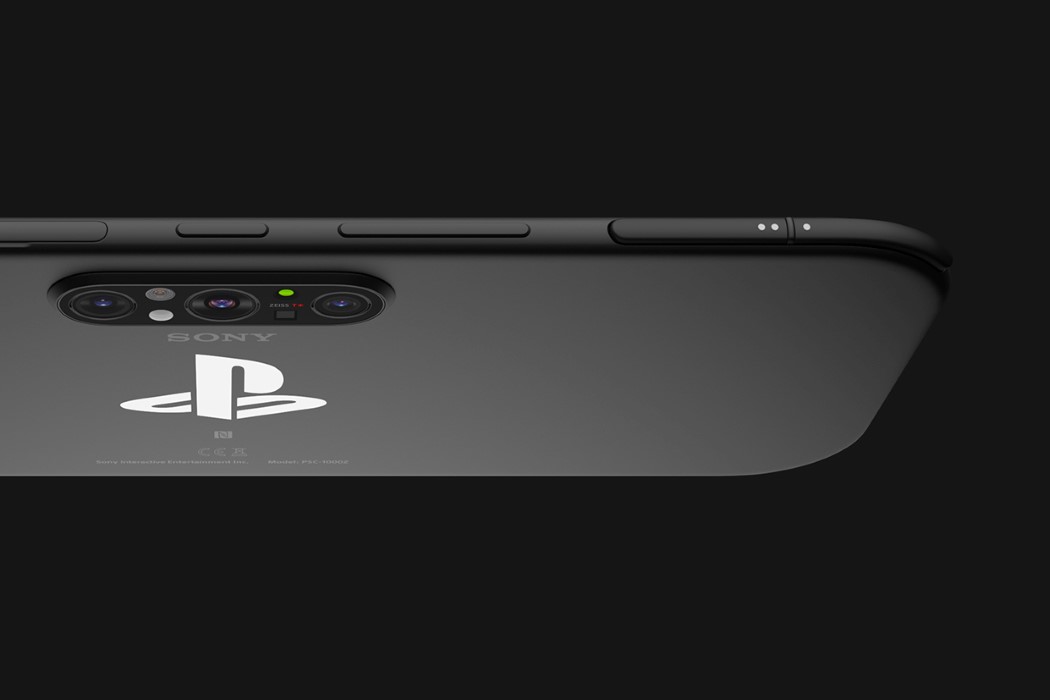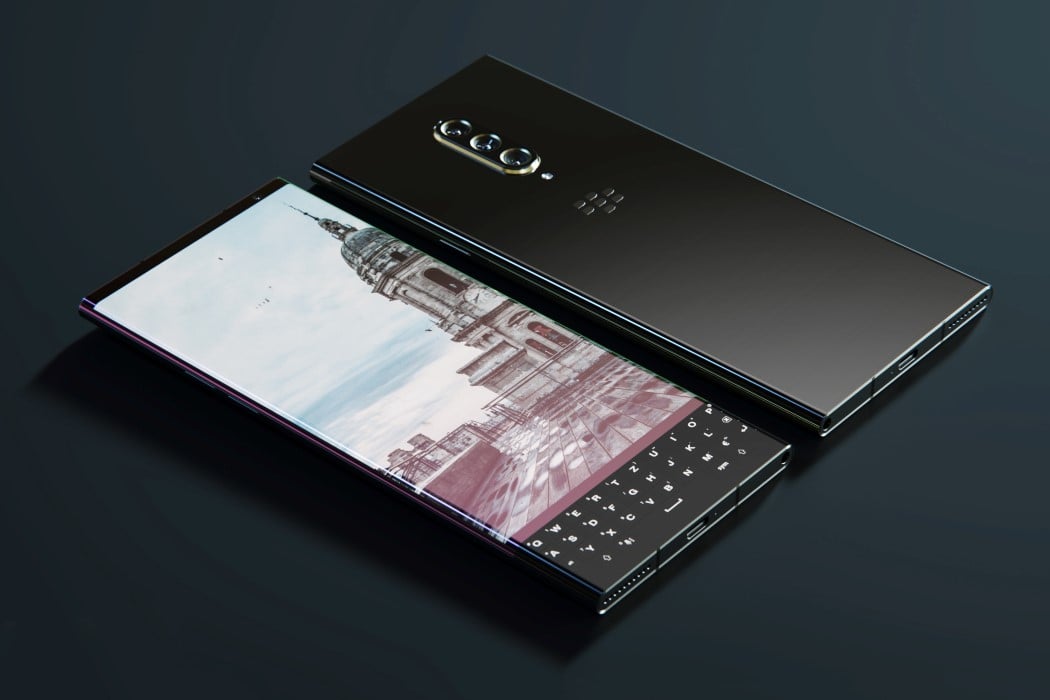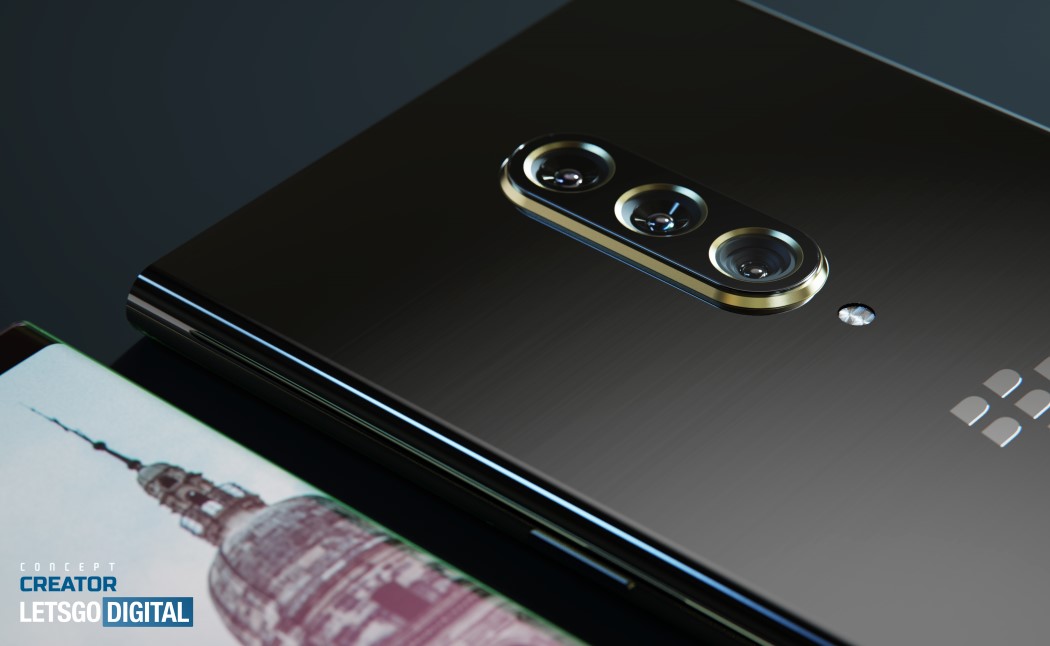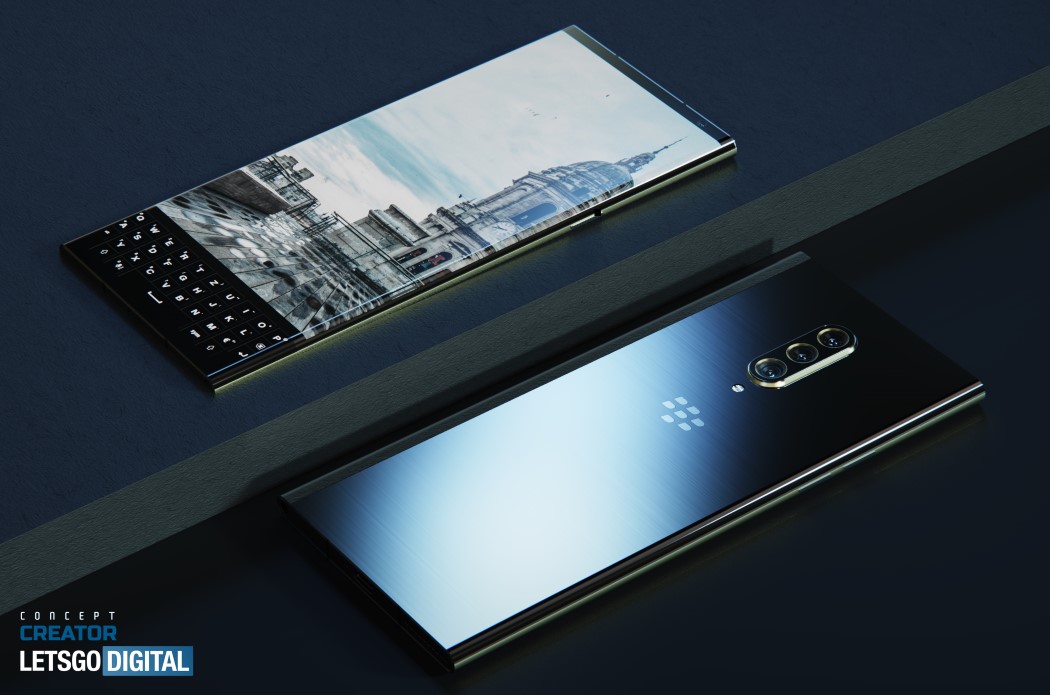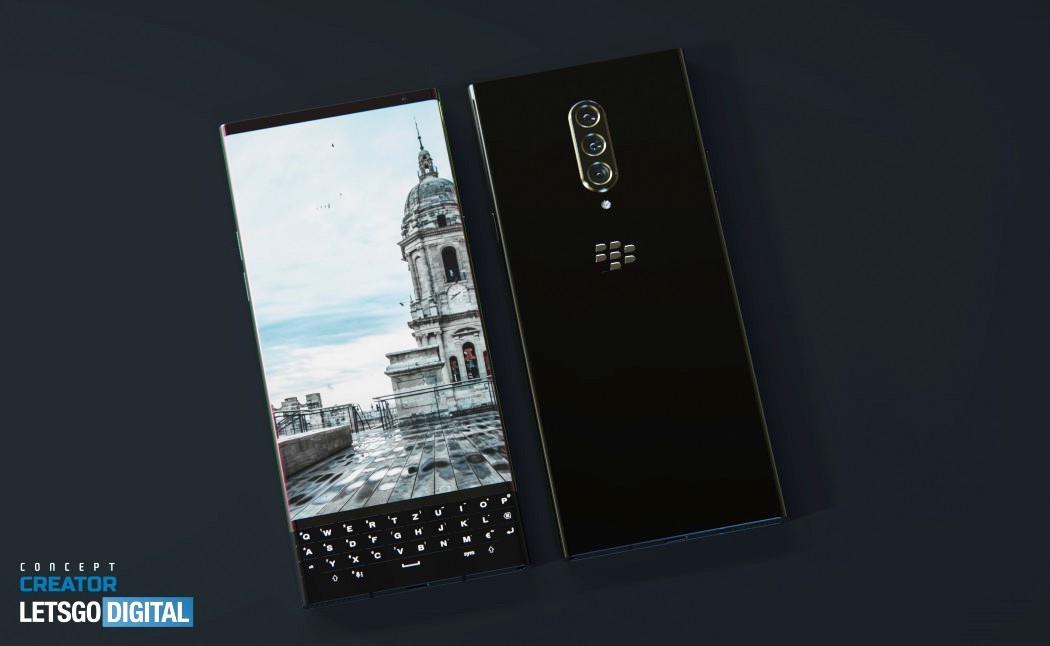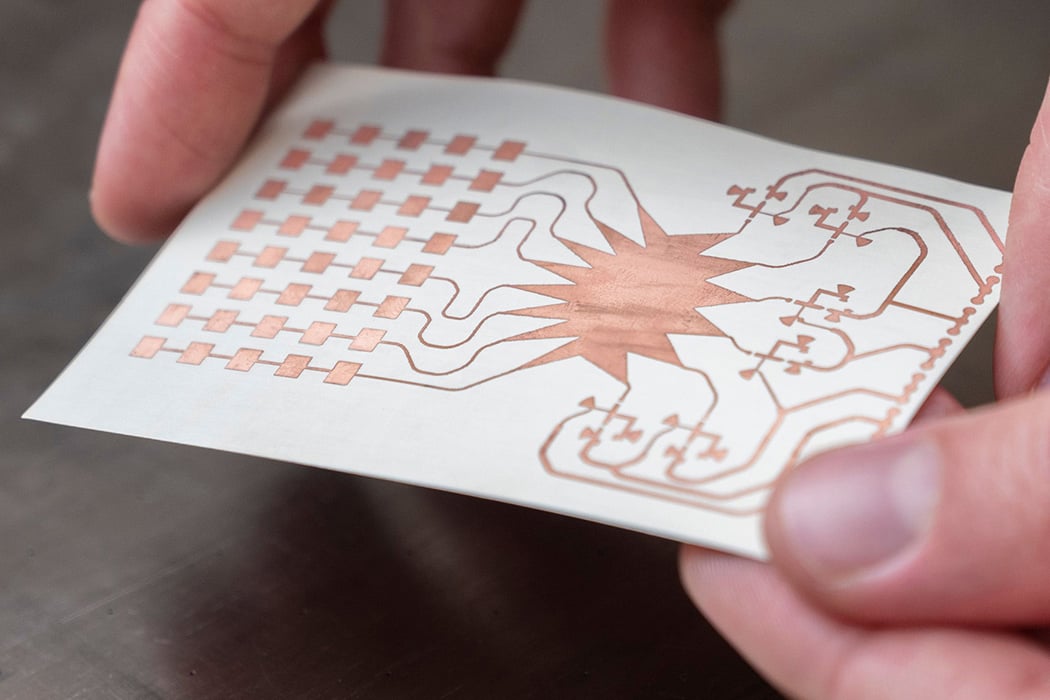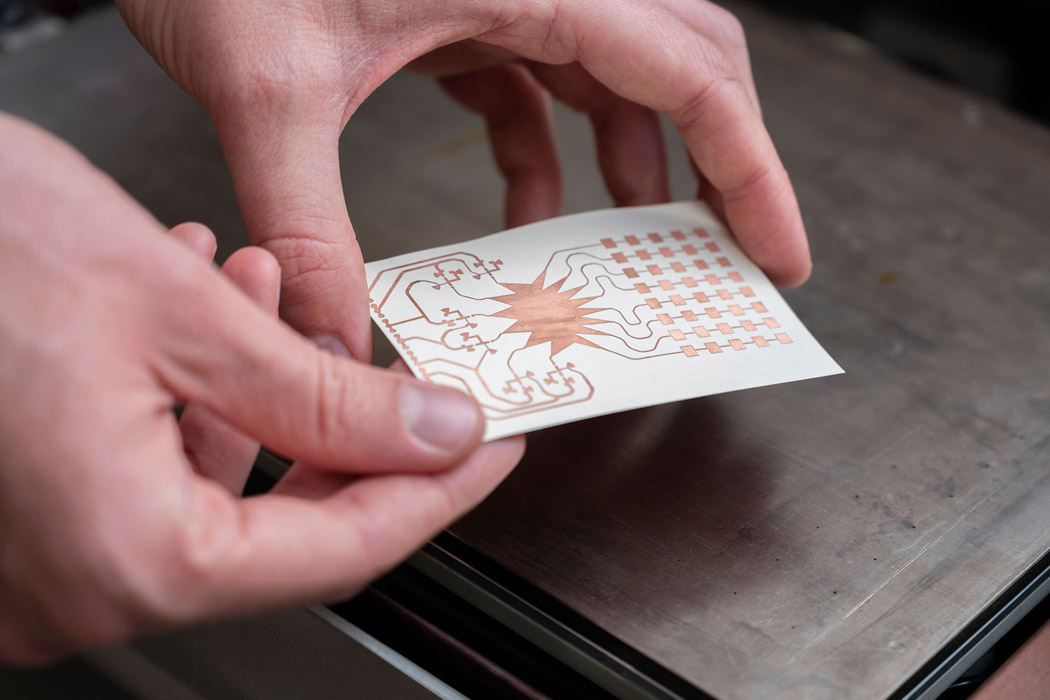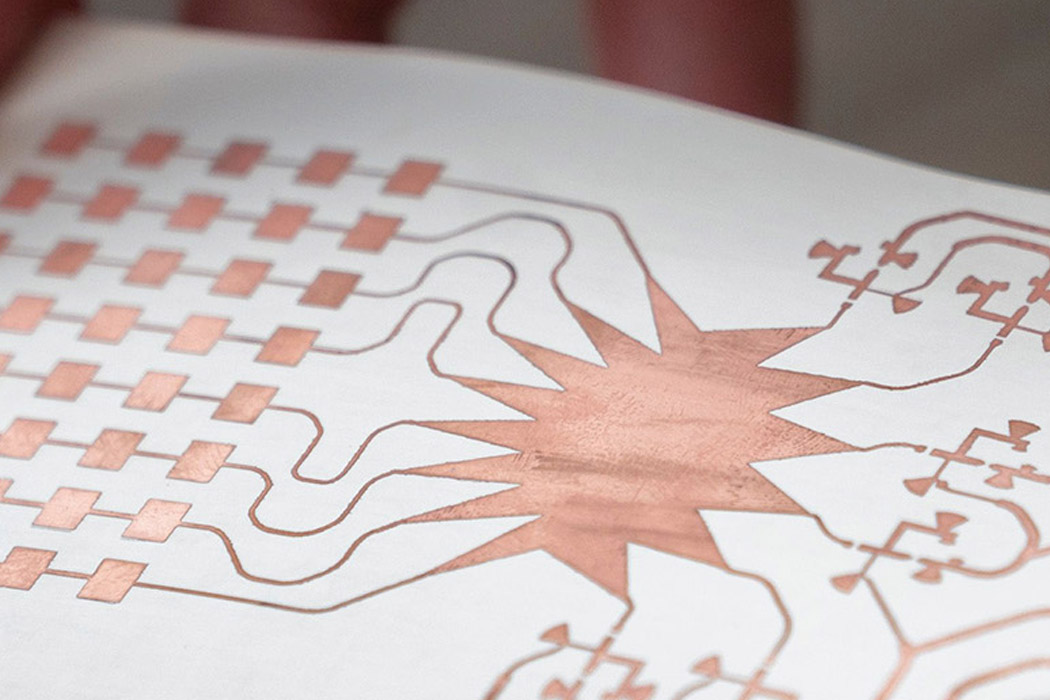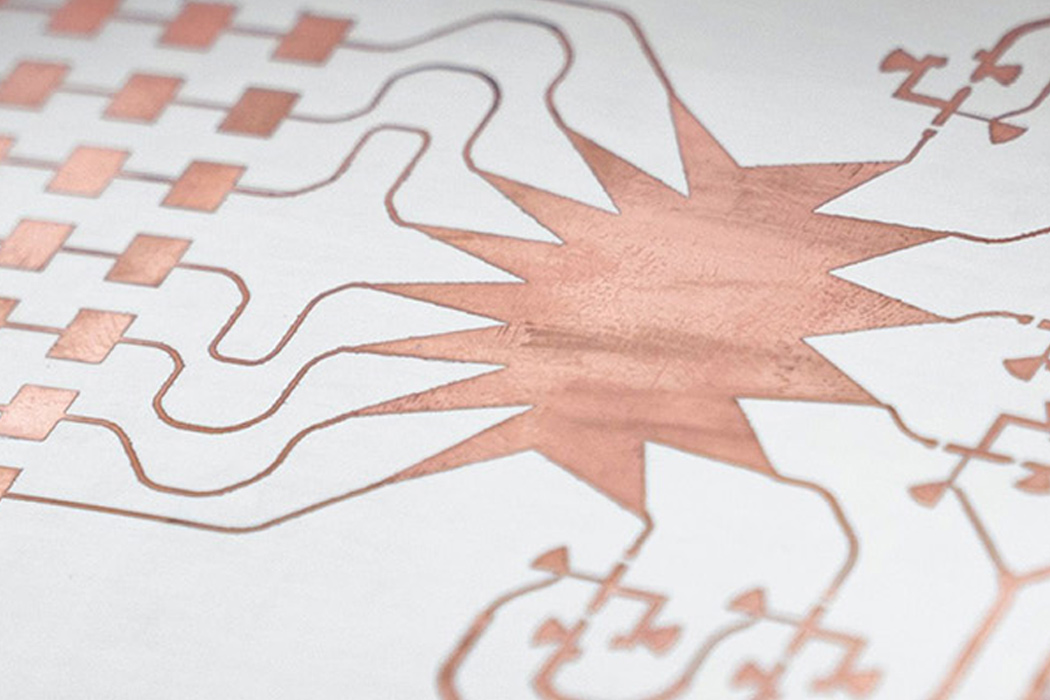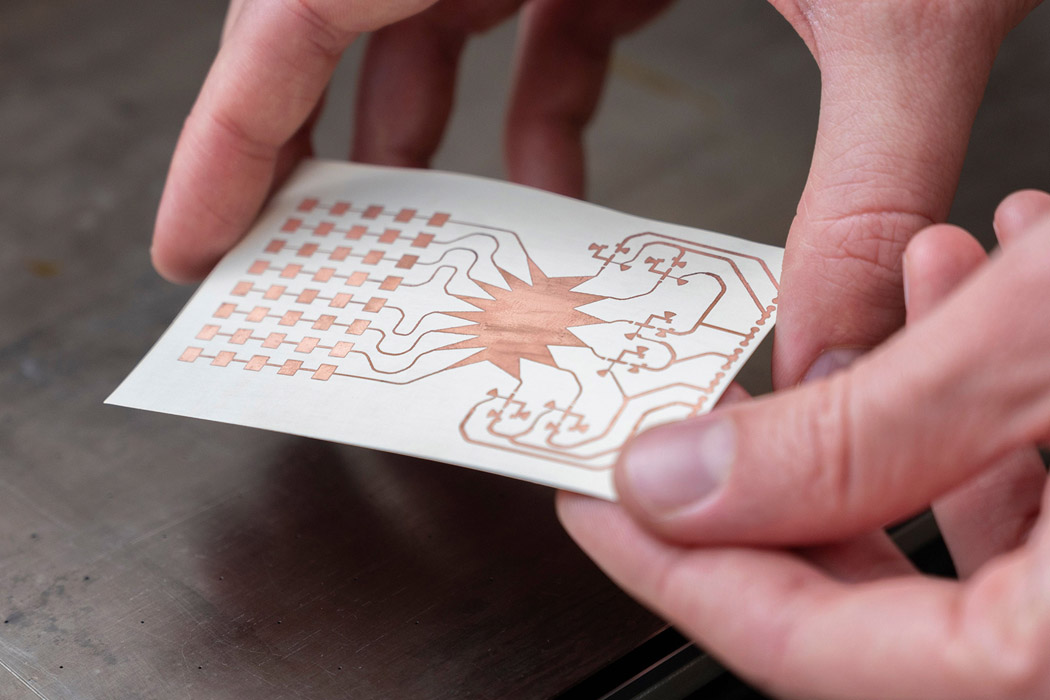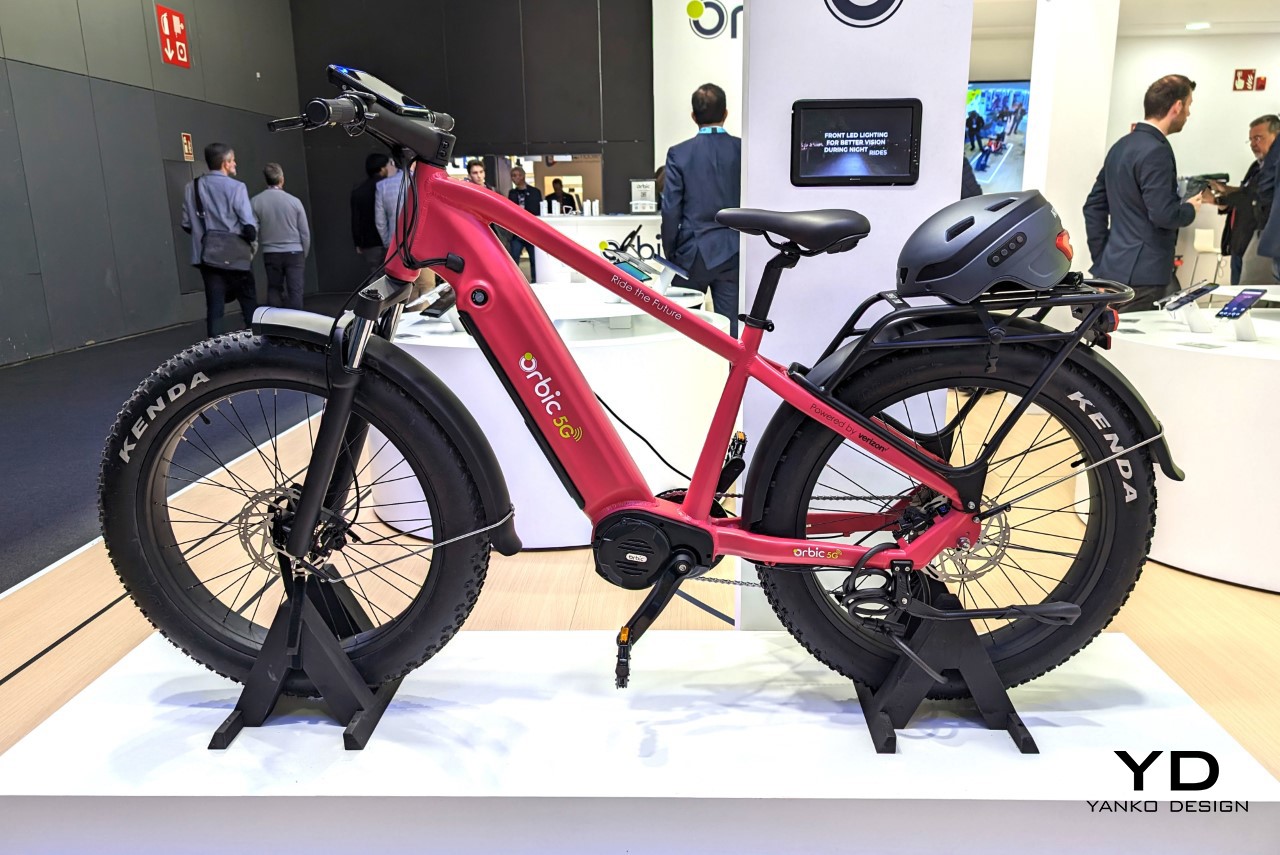
Amidst the bustling corridors of the 2024 Mobile World Congress in Barcelona, sustainable innovation company Orbic has unveiled a device that will radically alter last-mile and intra-urban commutes forever: the world’s first 5G-enabled eBike, equipped with AI for object avoidance and collision detection.
Designer: Orbic
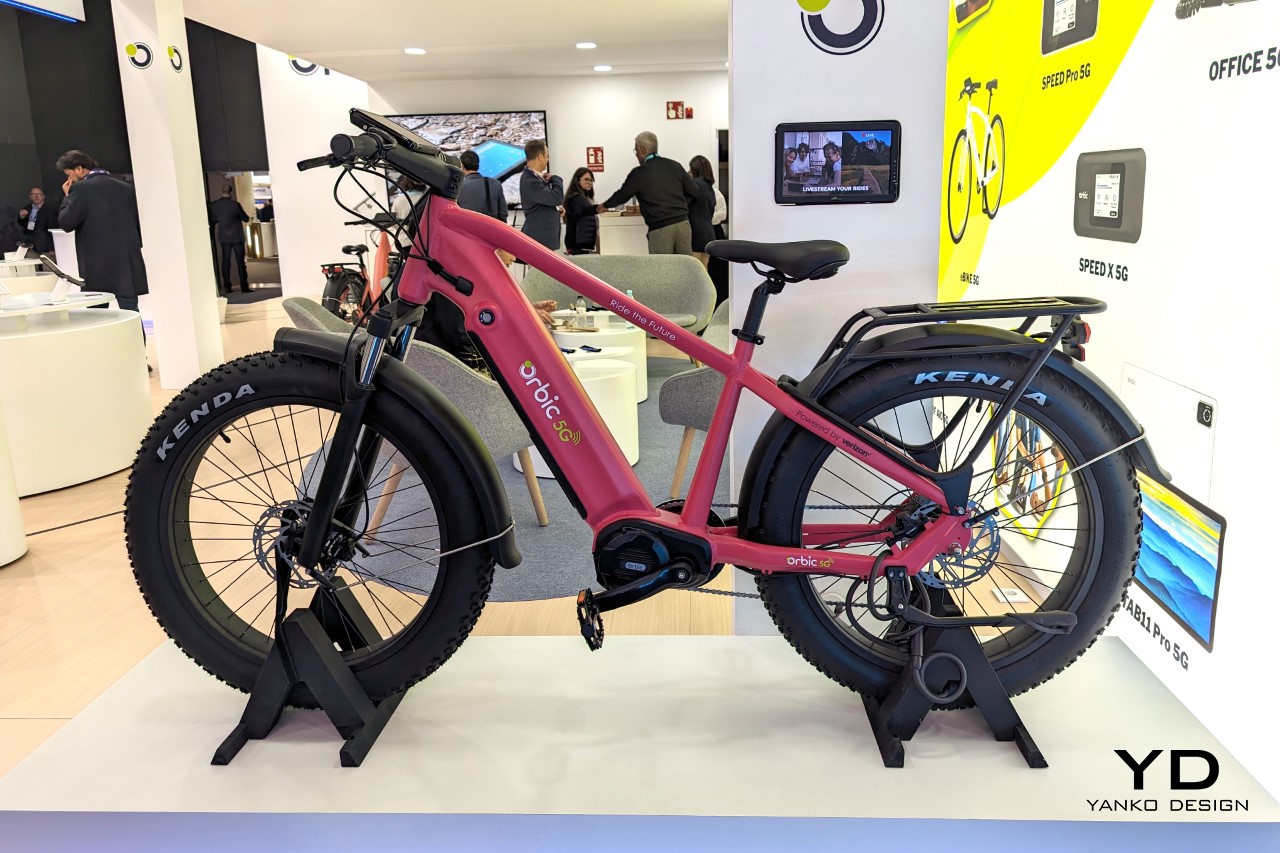
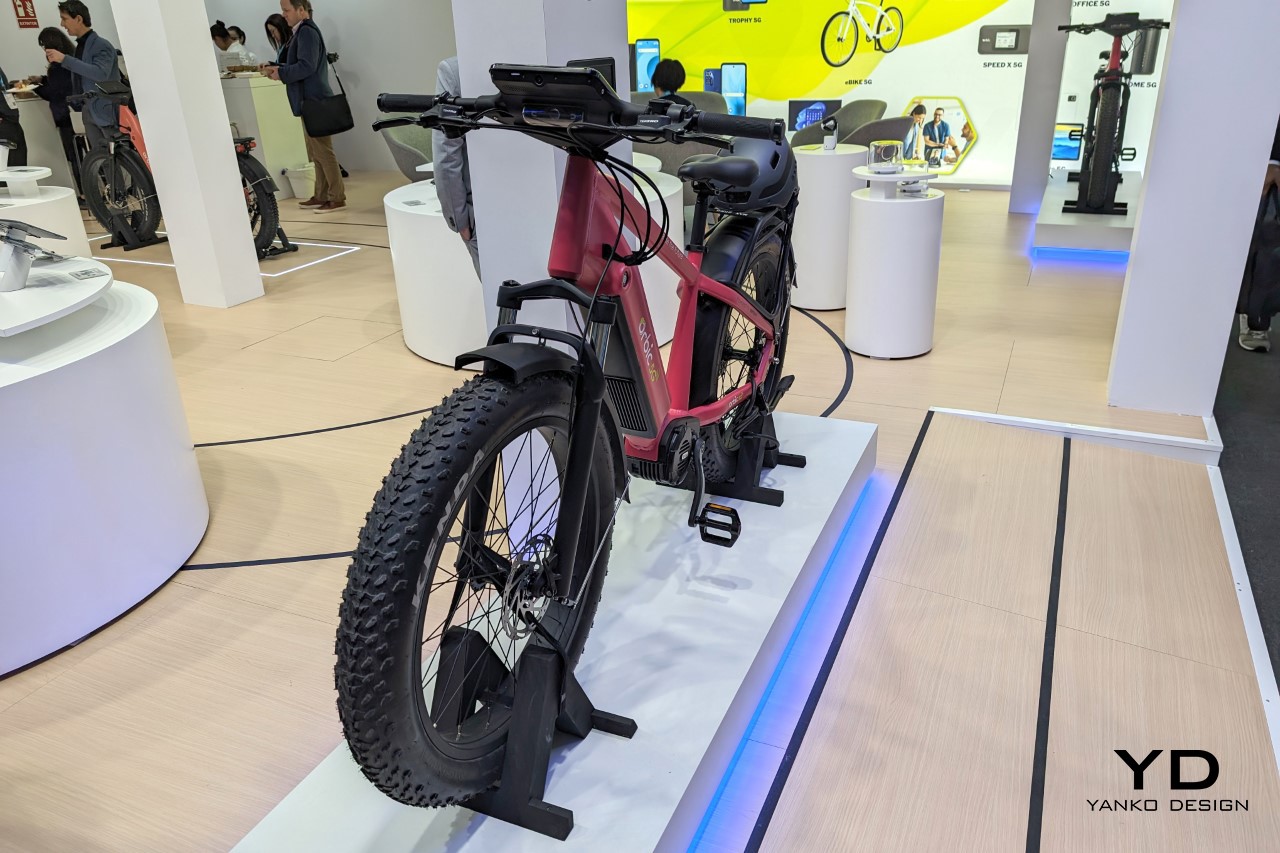
Orbic’s leap into the eBike sector practically reshapes how we perceive mobility, safety, and connectivity on two wheels. “Introducing Orbic’s 5G e-Bike at MWC Barcelona is part of our innovation pipeline that implements advanced technology to expand connectivity and enhance user experiences,” said Mike Narula, President and CEO of Orbic. “By integrating 5G connectivity and AI technology, we aim to redefine the riding experience, making it safer, more connected, and environmentally responsible whether on city streets, in suburban neighborhoods or the challenging terrain of mountain trails. The 5G e-Bike represents a significant leap forward in electronic mobility, and we are excited about bringing this new technology to cities across the globe.”
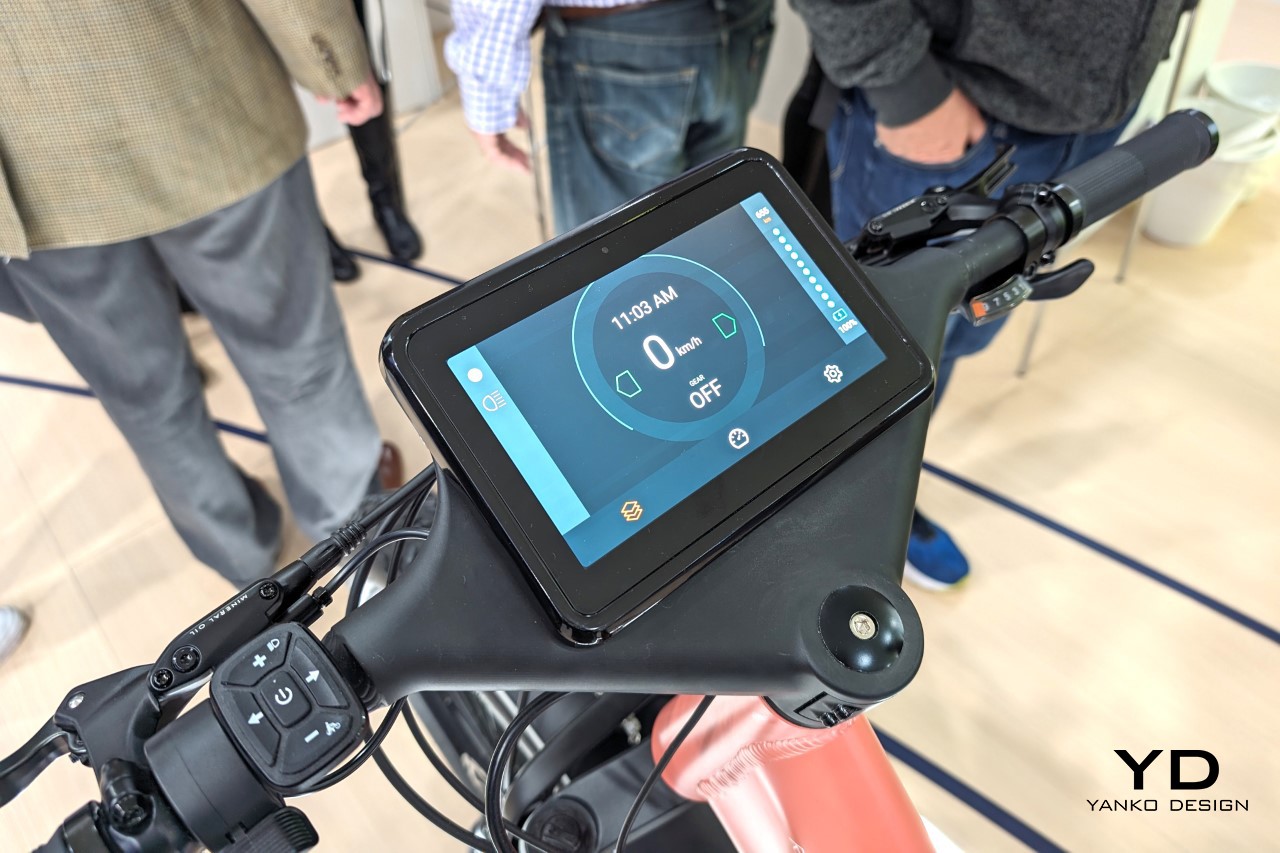
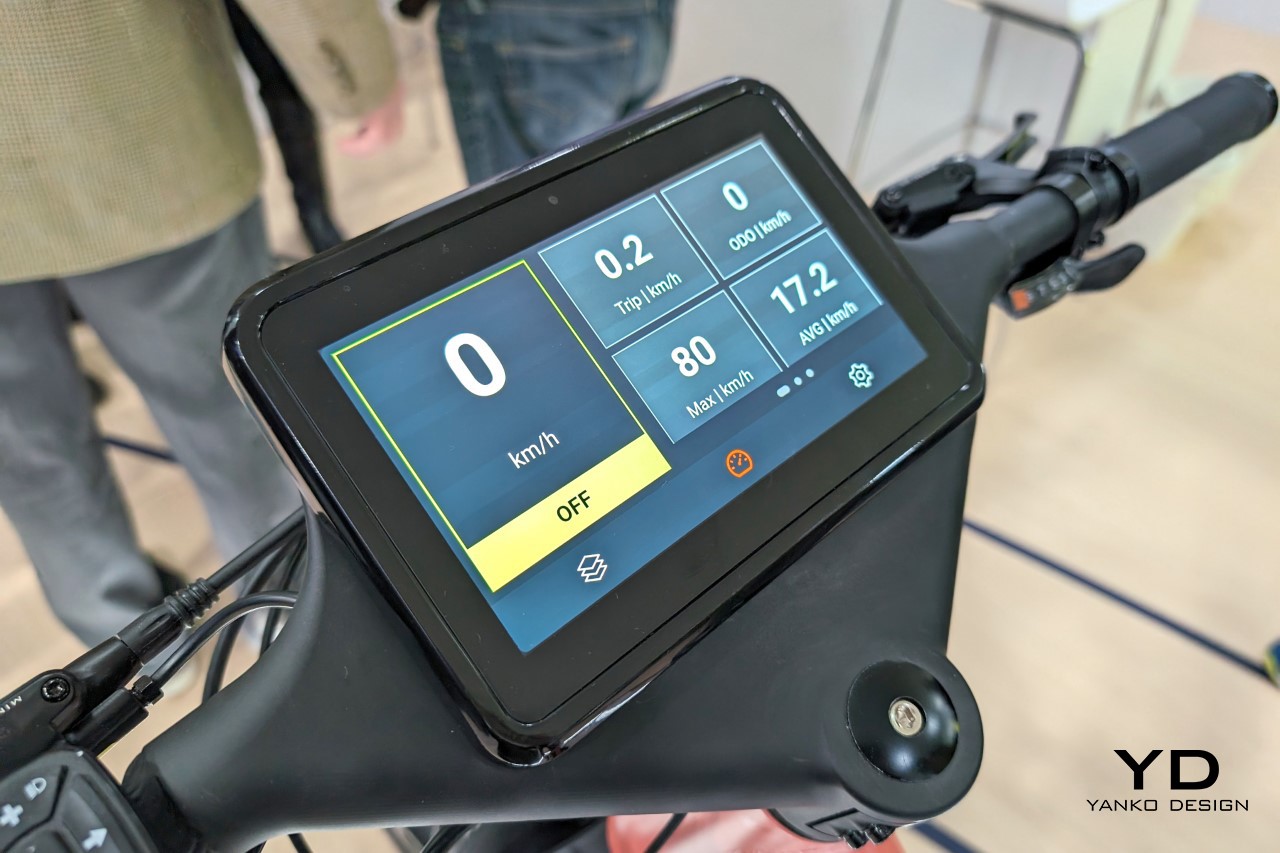
Central to the eBike’s design is its AI-powered avoidance detection system, featuring a sensor with a 140-degree field of view at the rear, which actively monitors for potential hazards and alerts riders through audible and visual warnings. This focus on safety is further supported by the eBike’s array of cameras: a 64MP front-facing camera for capturing and livestreaming (yes, the Orbic bike has its own built-in action camera!), an 8MP camera on the front display ideal for video calls, and a 2MP rear camera dedicated to enhancing safety through collision avoidance and object detection.

The eBike’s frontal camera array
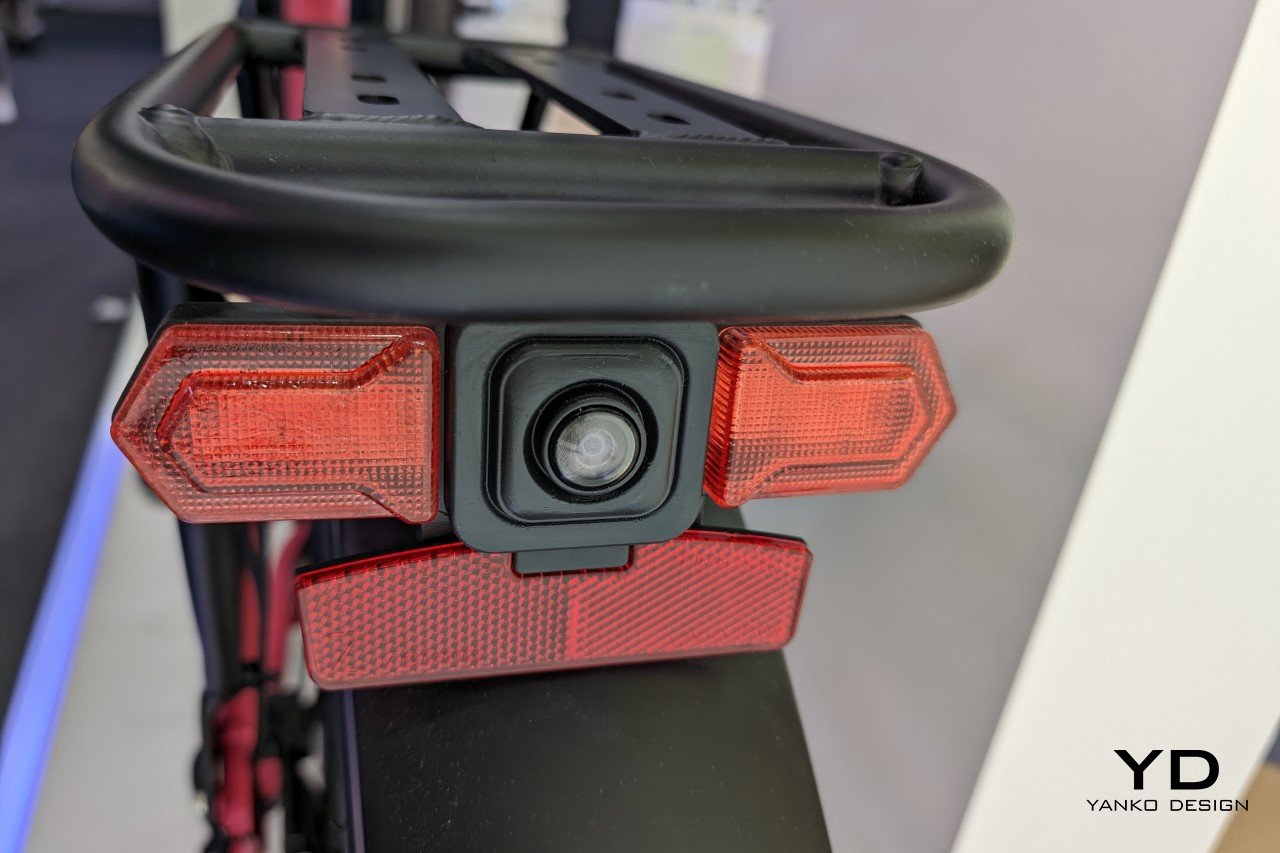
A rear camera helps with vehicle detection
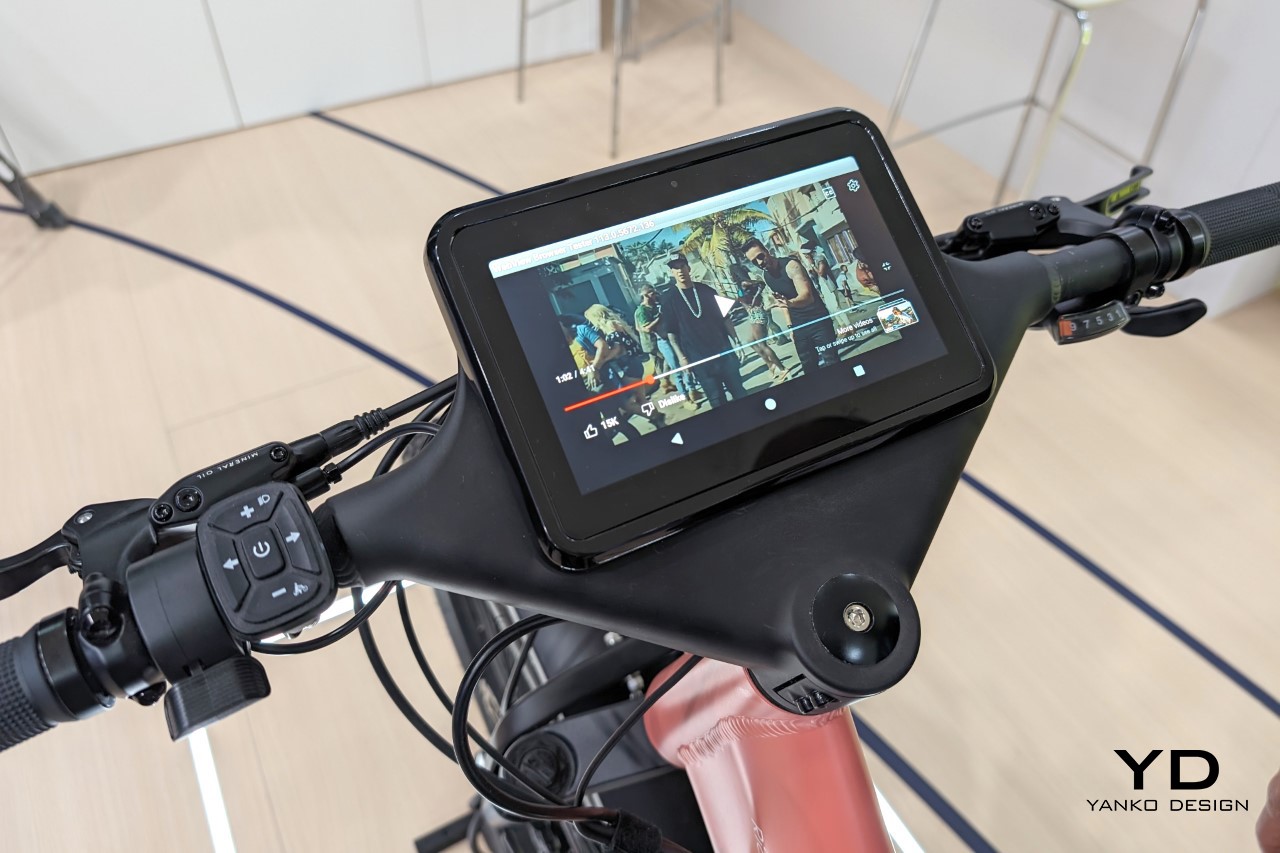
Stuck in traffic? The touchscreen can be used for entertainment too!
Additionally, the eBike boasts a 7-inch, all-weather touchscreen display that provides riders with essential information such as battery status, speed, and navigation data, ensuring attention remains on the road. The eBike’s 5G connectivity not only minimizes lag for a responsive user experience but also enriches the riding experience by enabling features like live streaming, trail sharing, bike-to-bike communication, and real-time navigation.
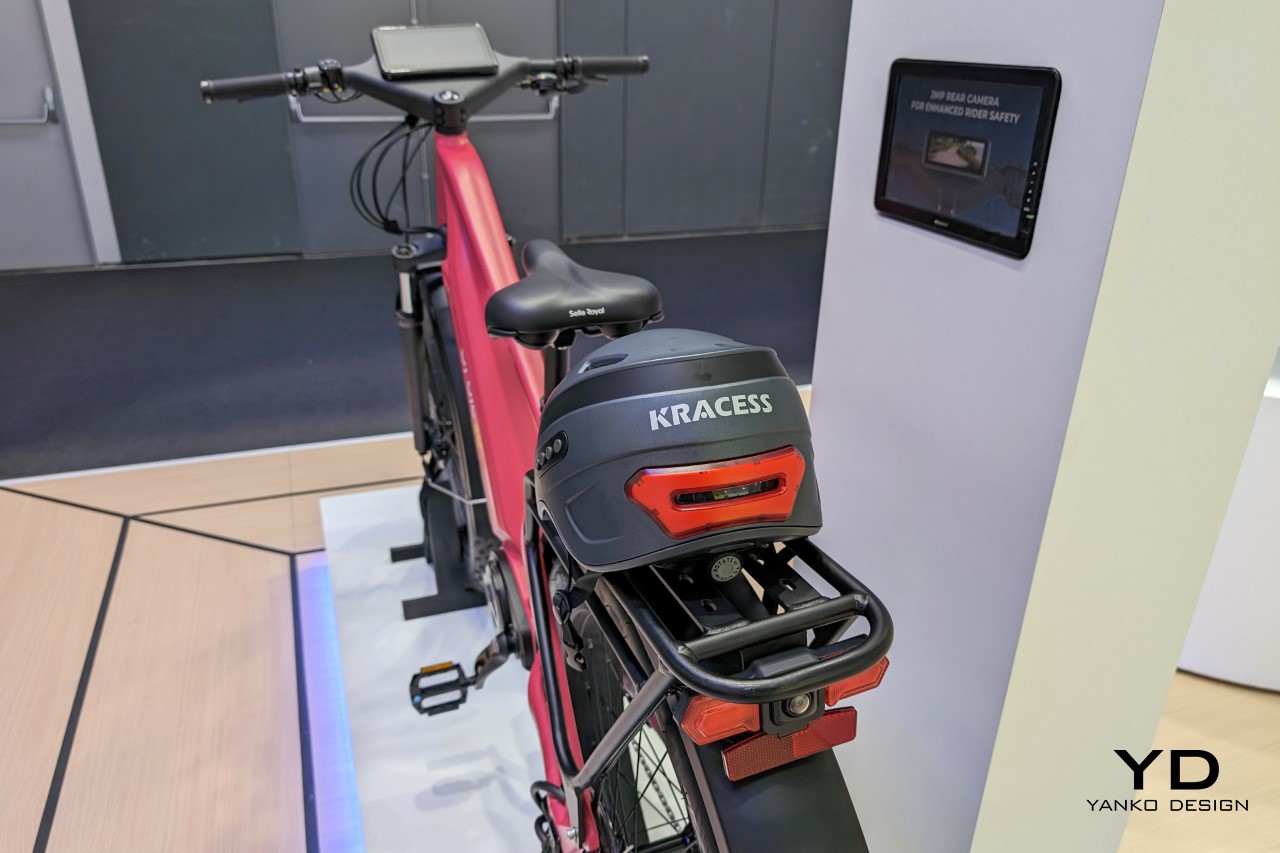
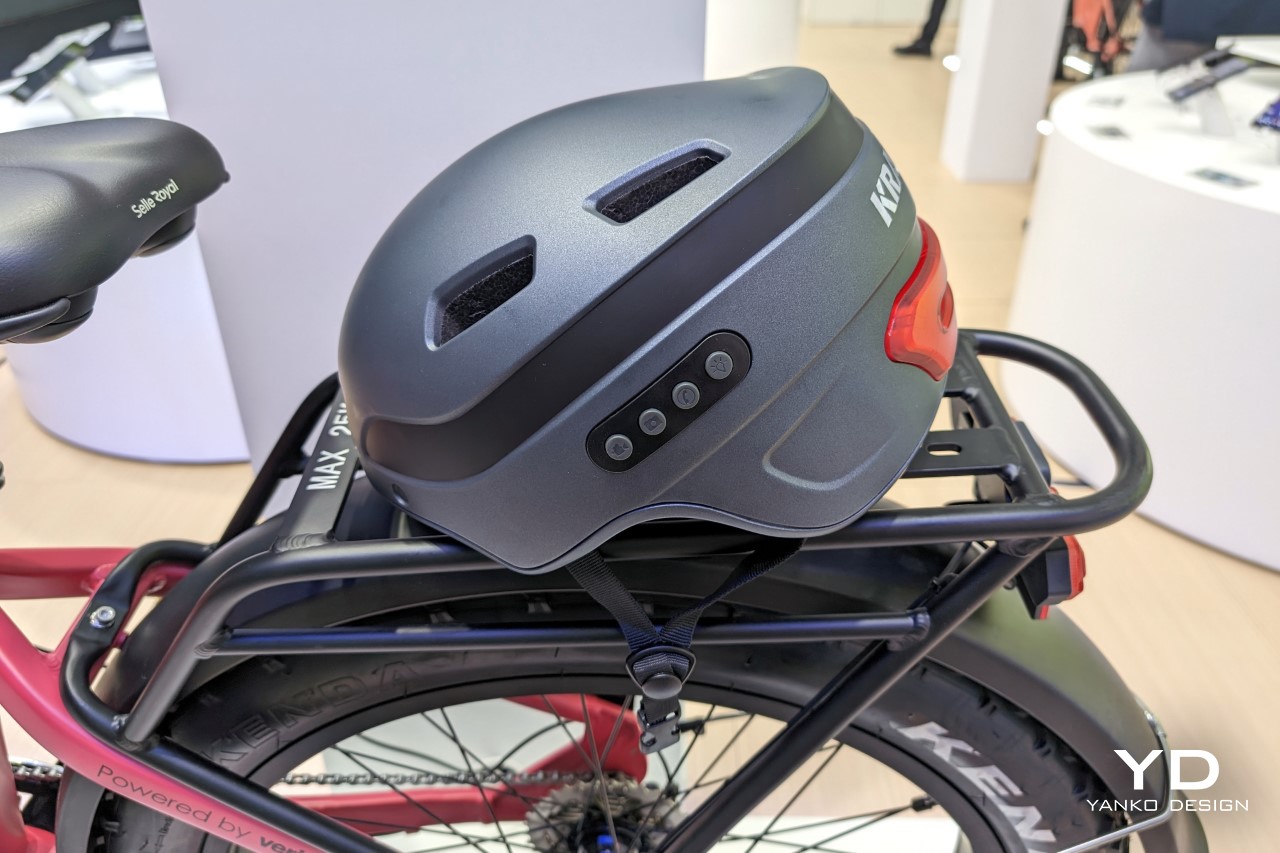
Orbic’s 5G eBike reveal at MWC 2024 represents a seismic shift in eco-friendly transportation, operating without fossil fuels and emitting no carbon, aligning with the company’s dedication to sustainable technology development. This approach offers riders a guilt-free mode of transportation that doesn’t compromise on innovation or performance.
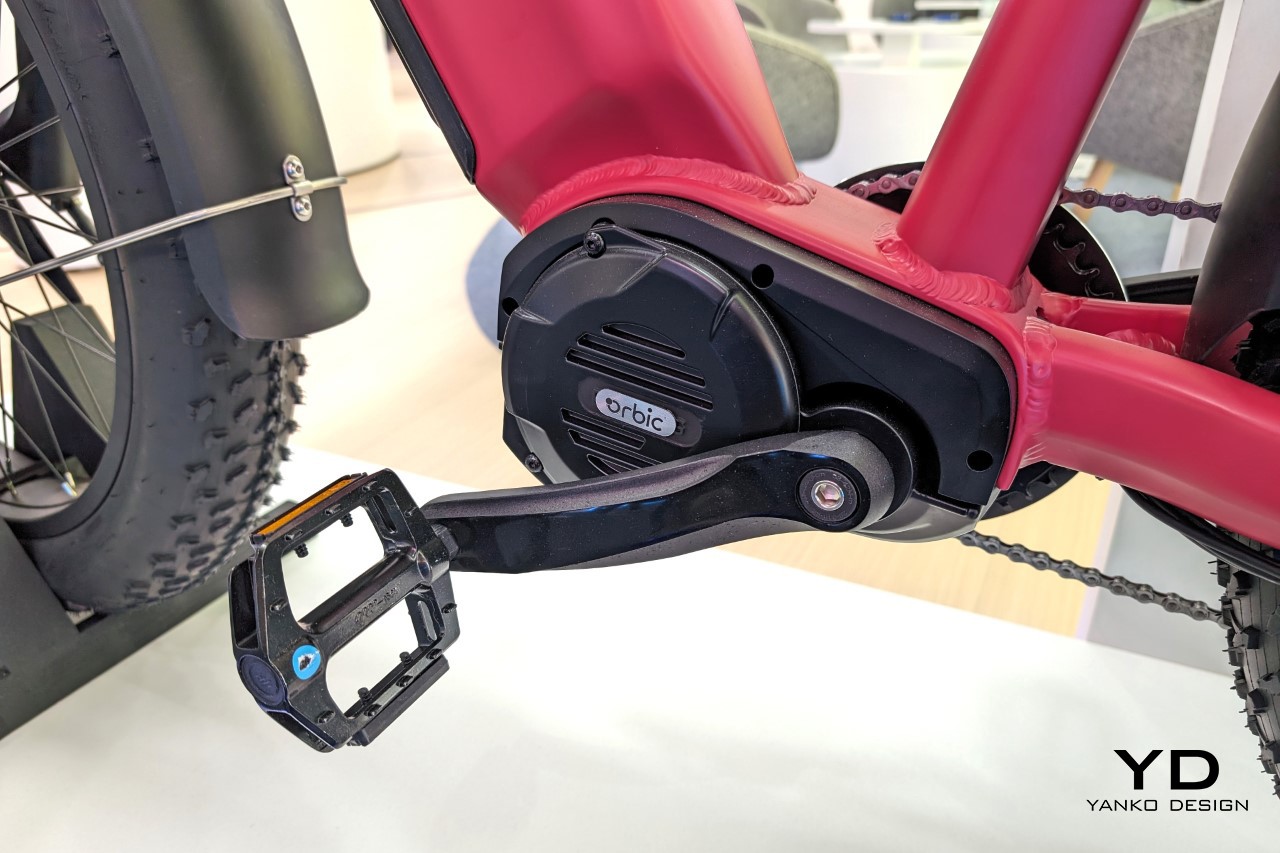
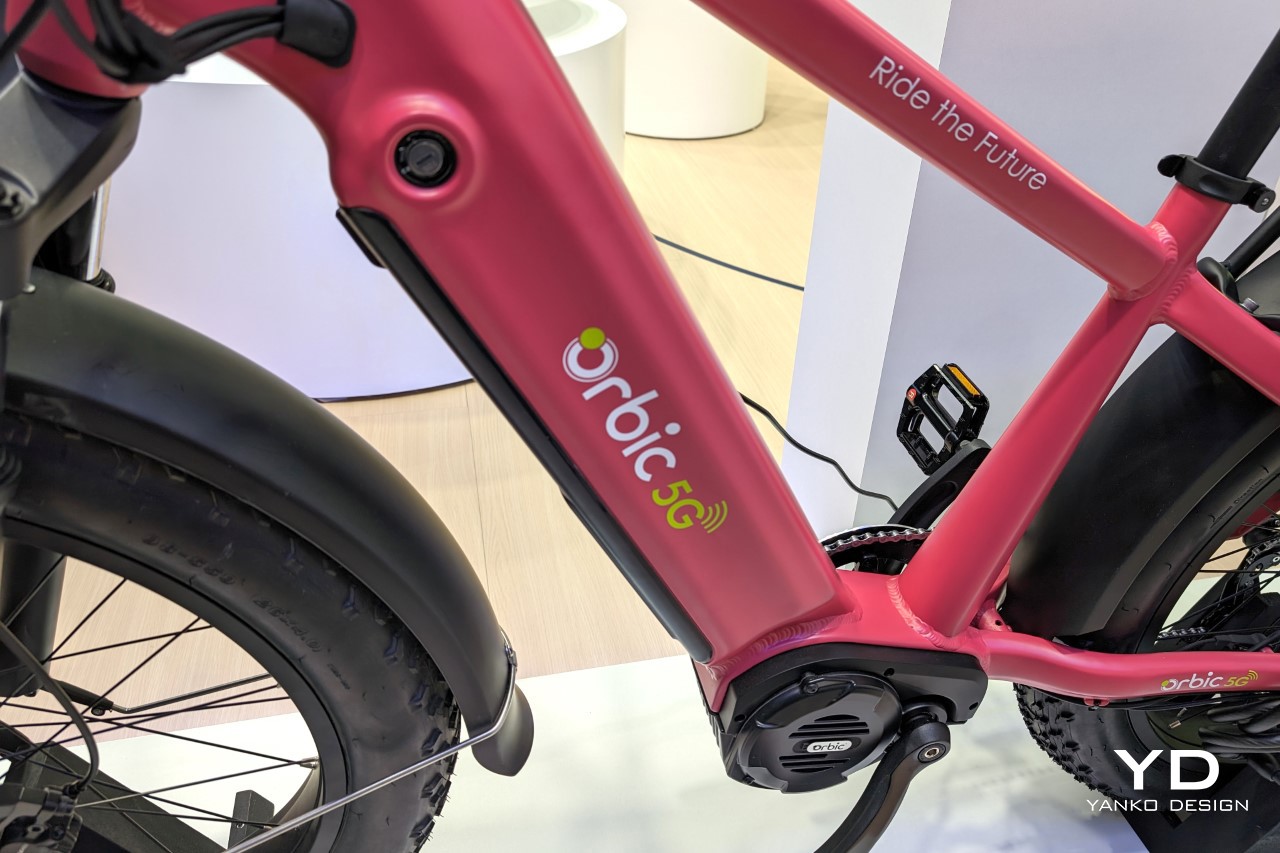

The post This 5G eBike has a built-in action camera and infotainment system: Orbic 5G eBike Hands-On at MWC 2024 first appeared on Yanko Design.
